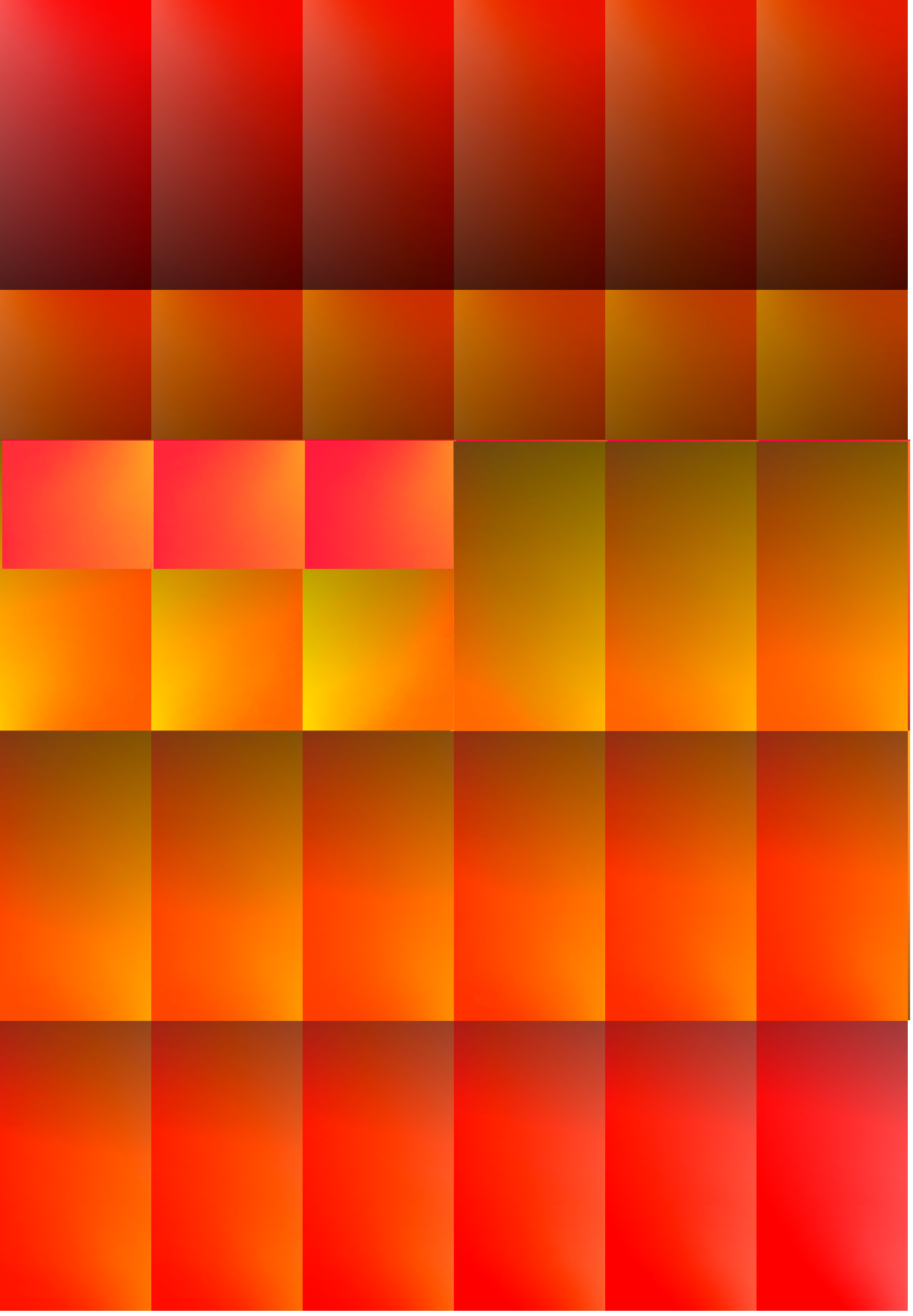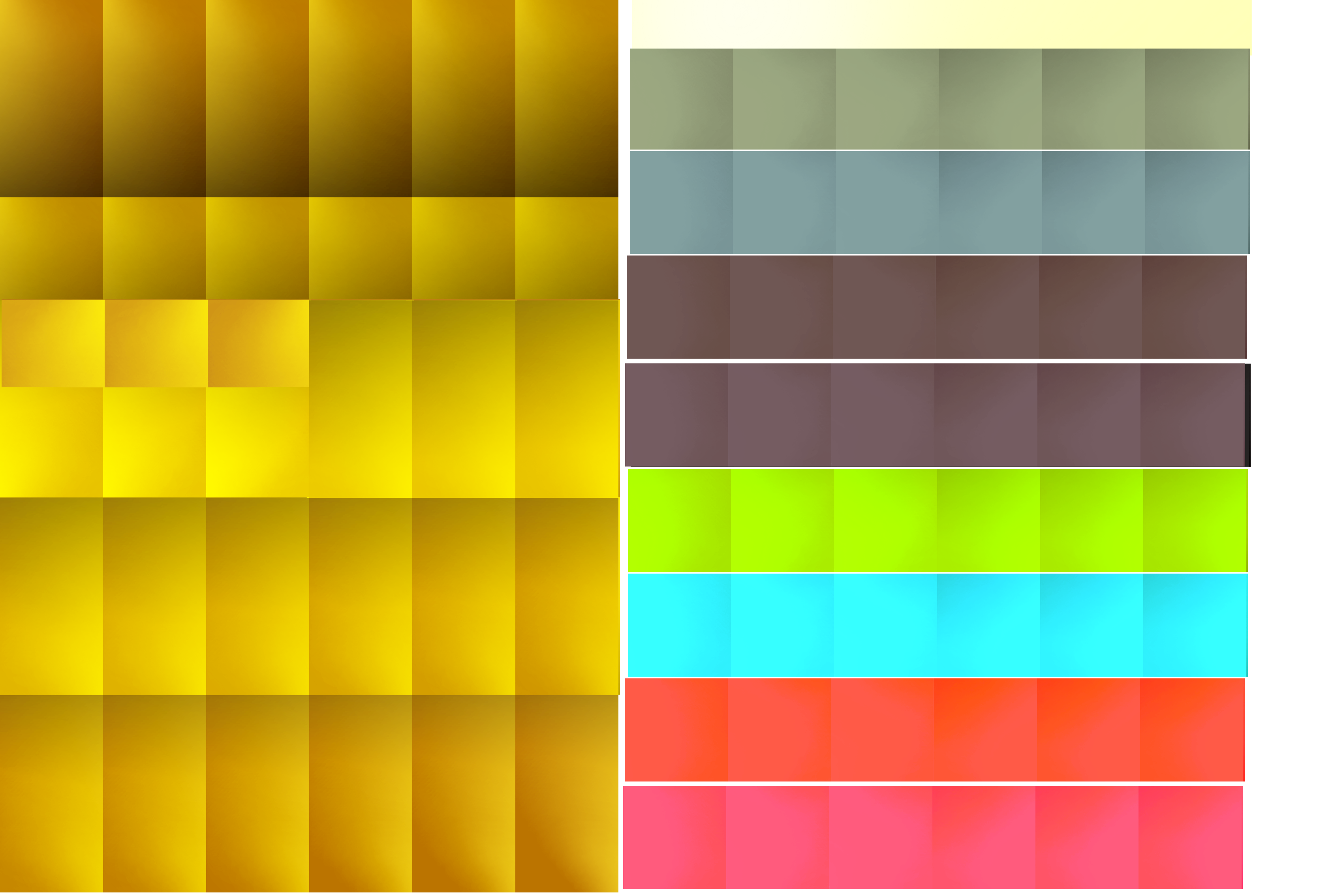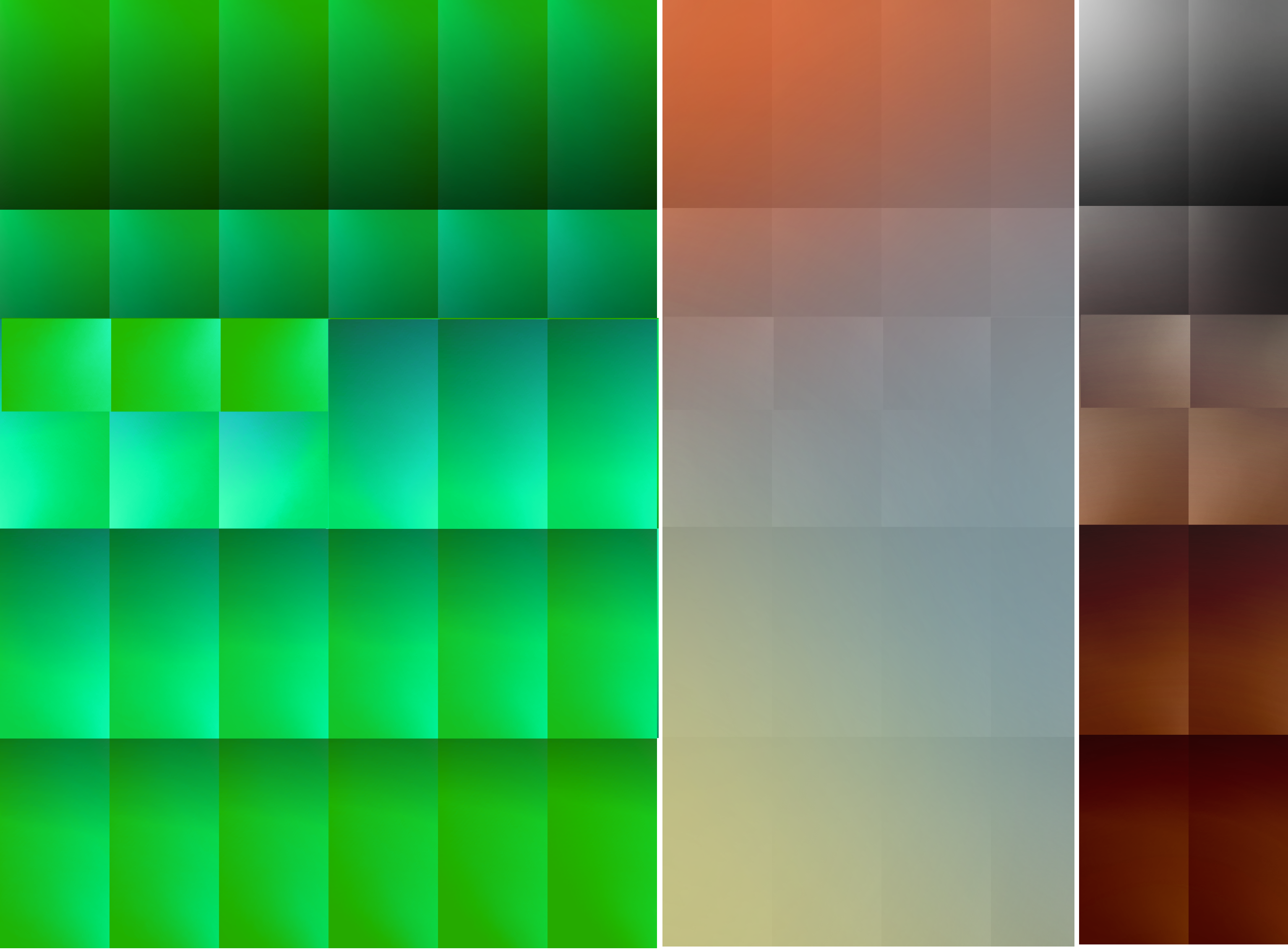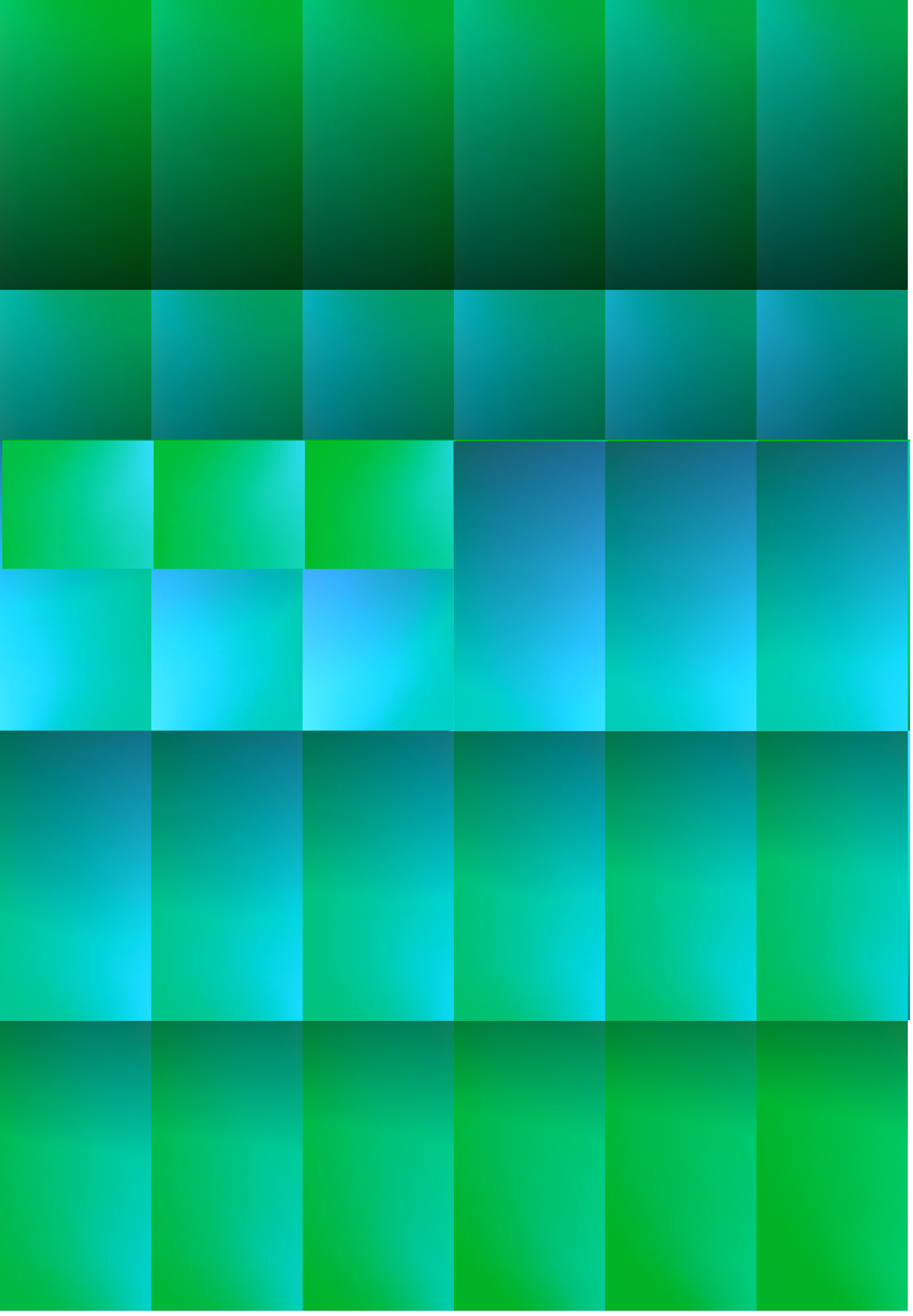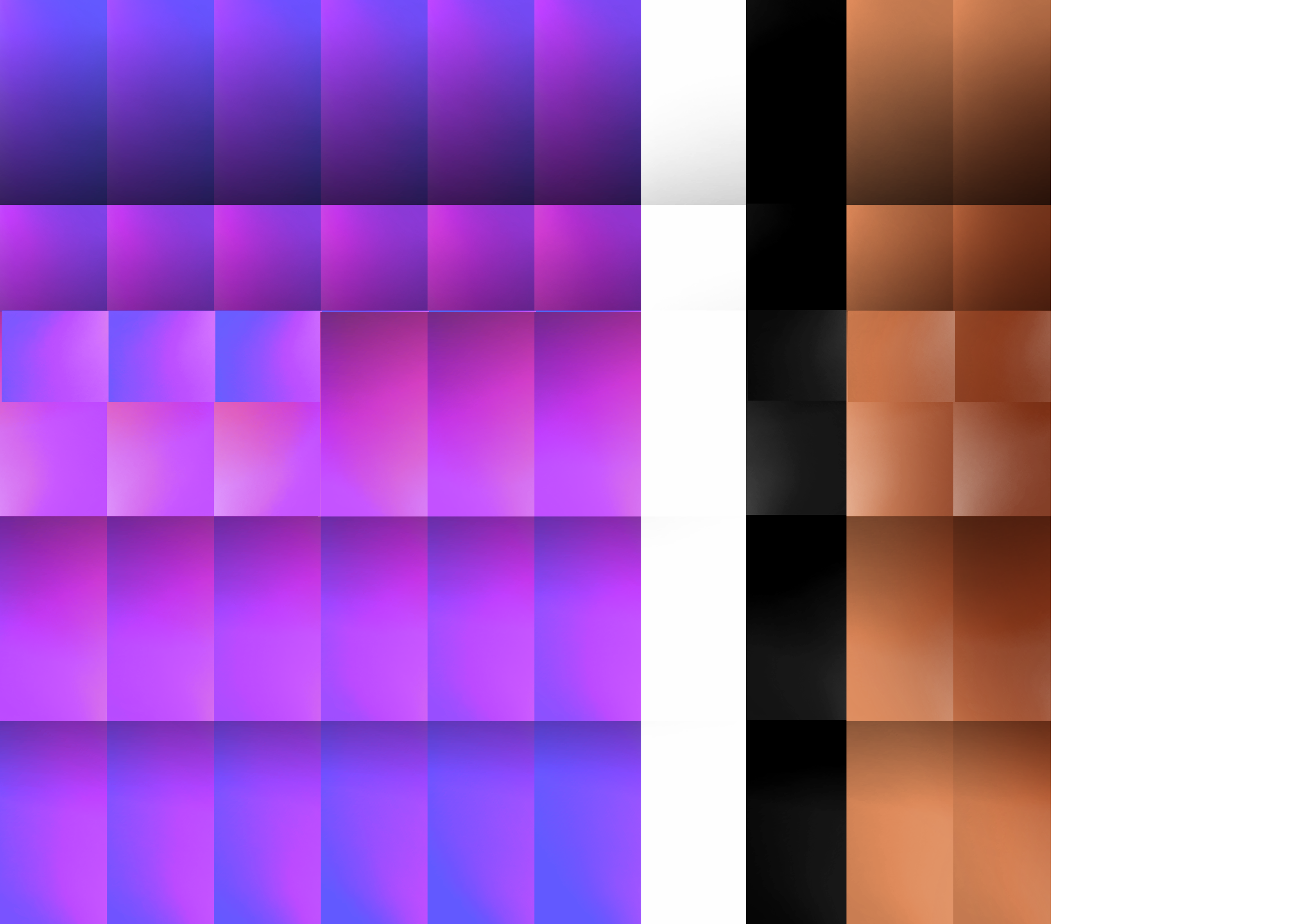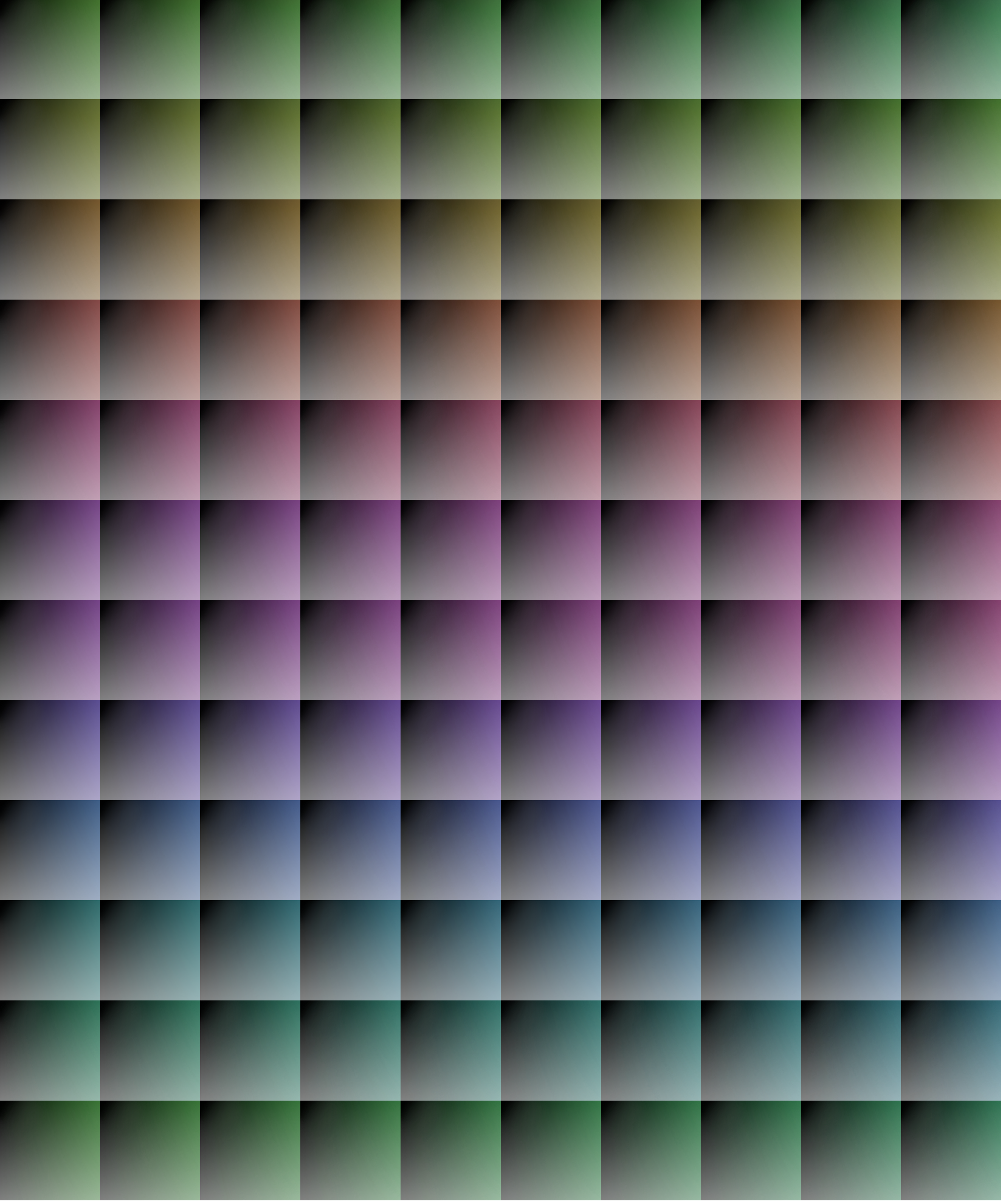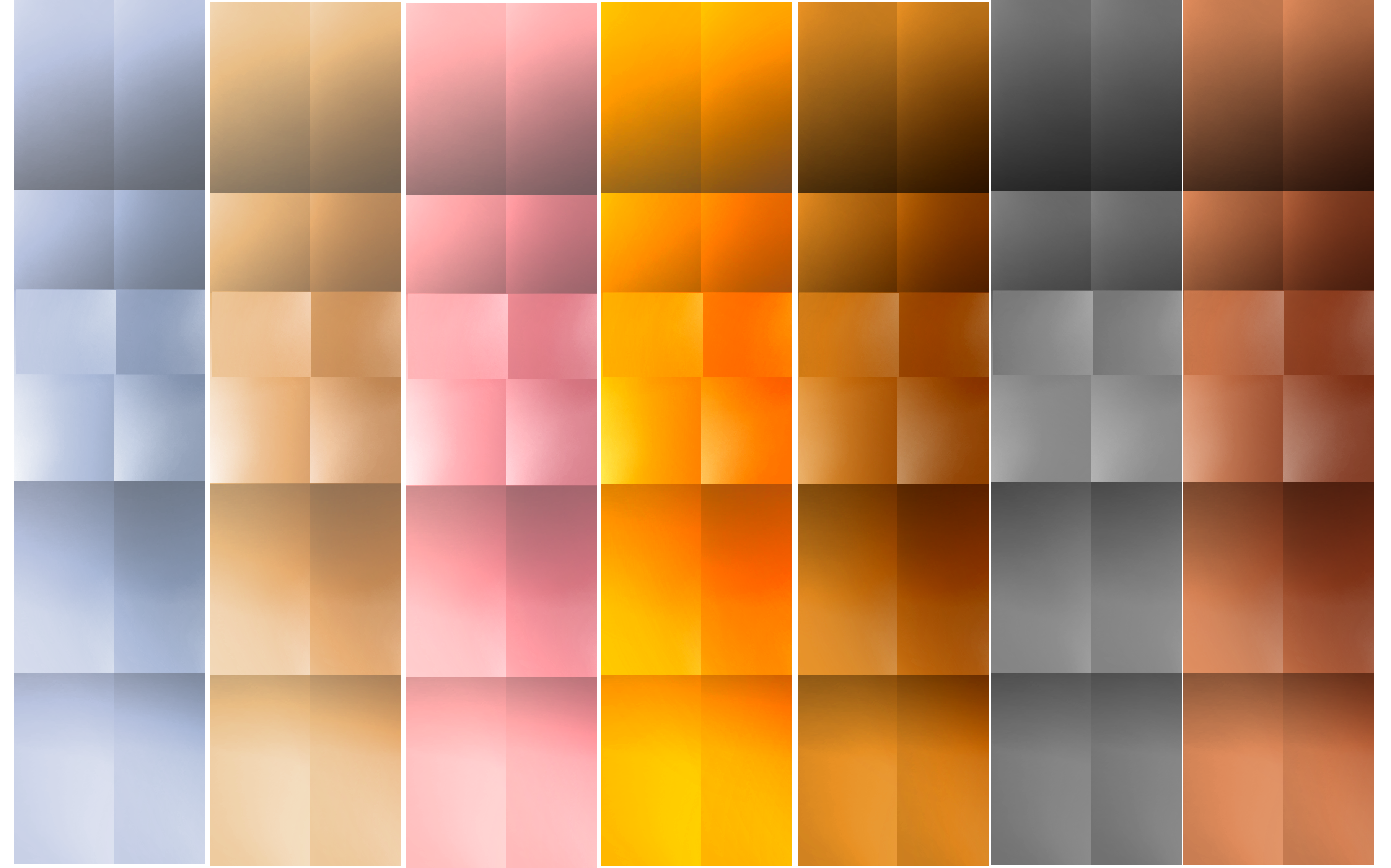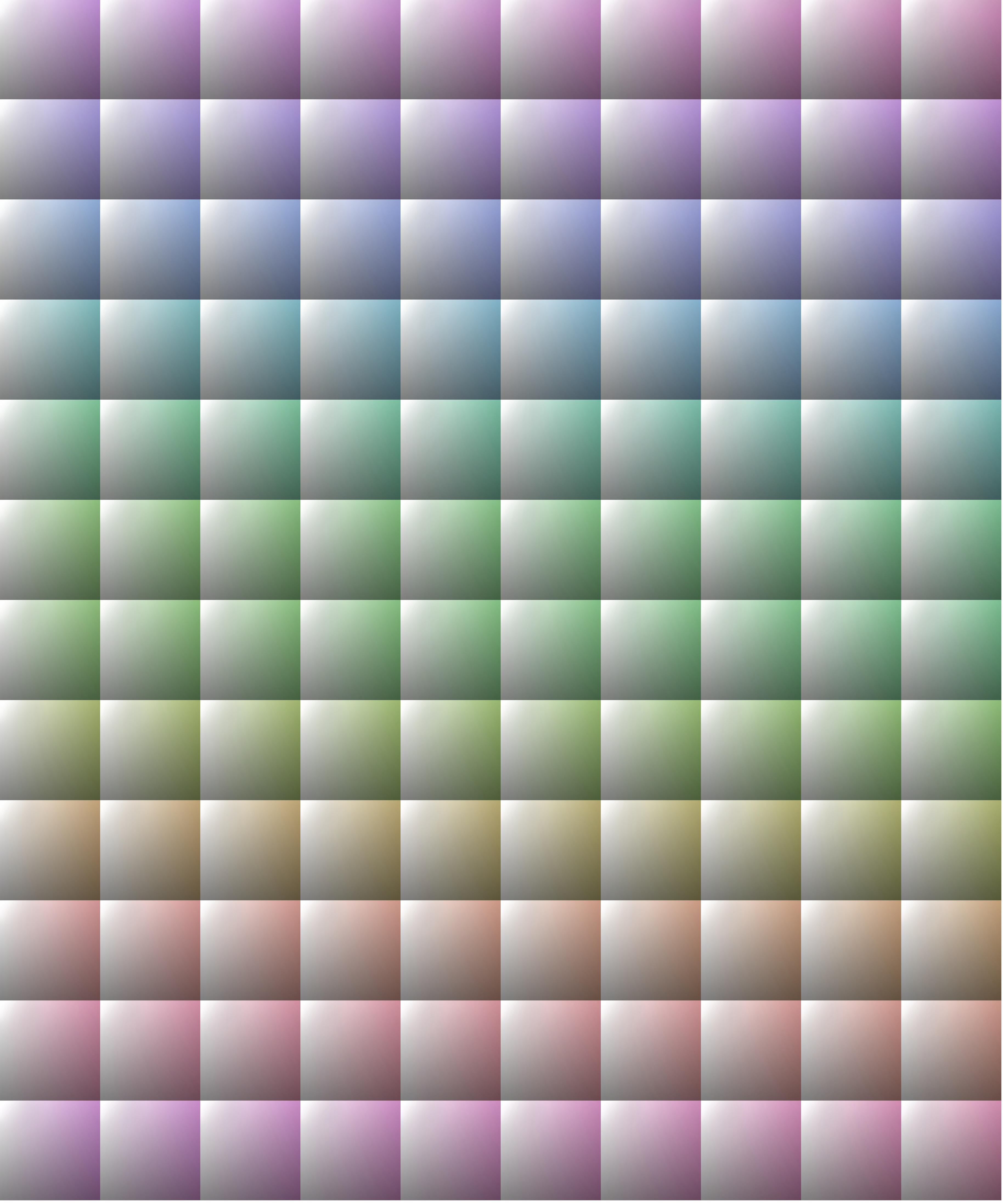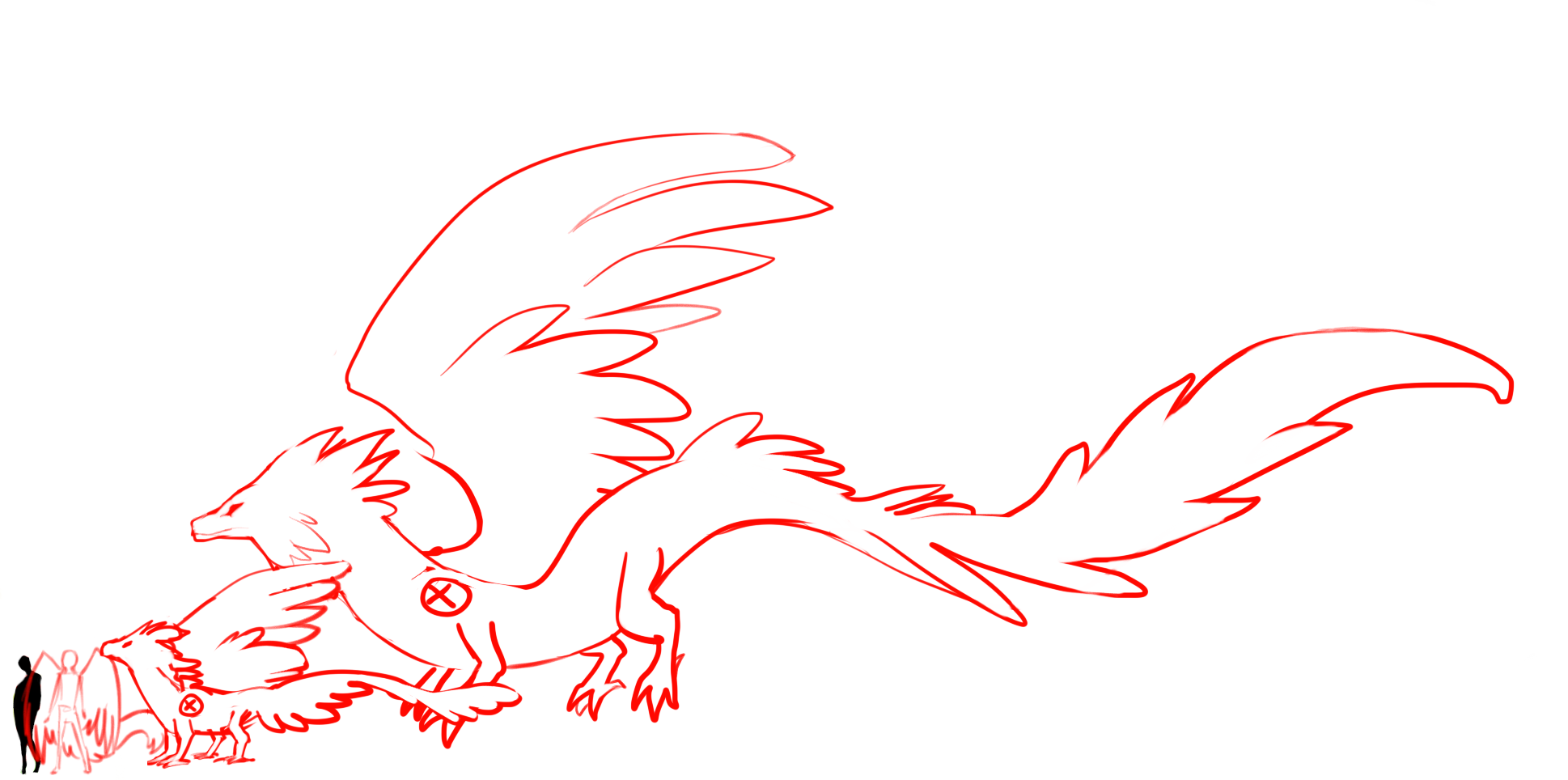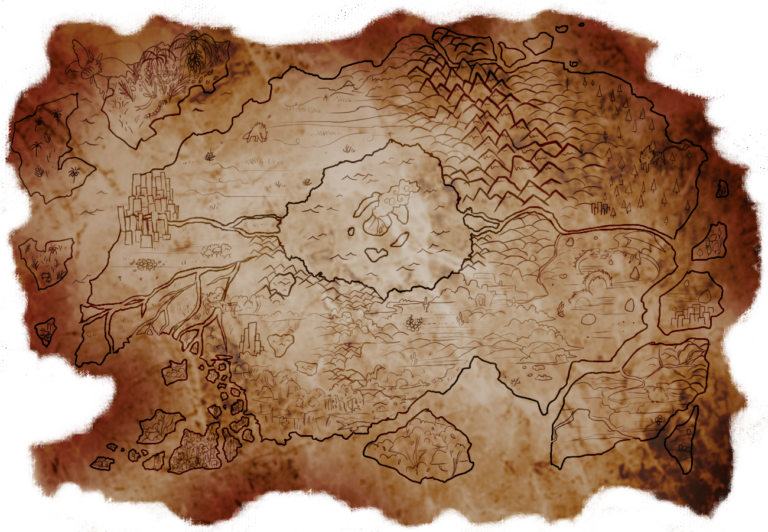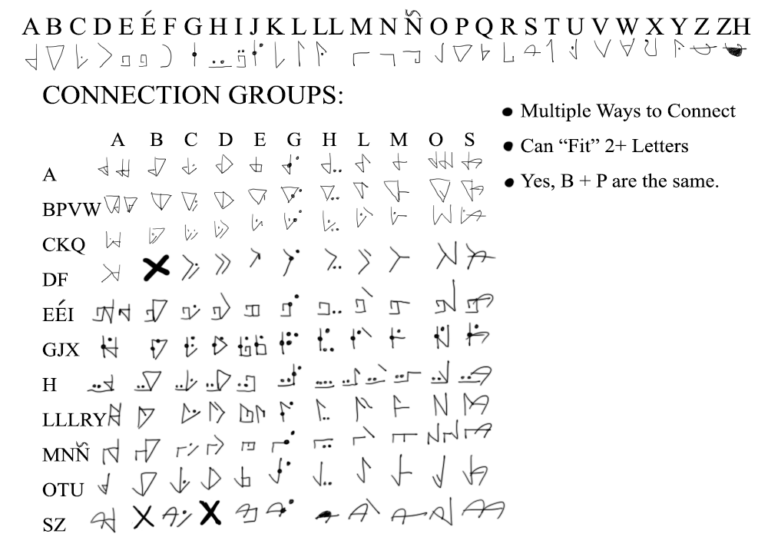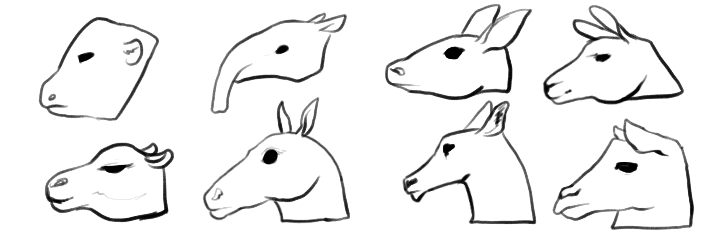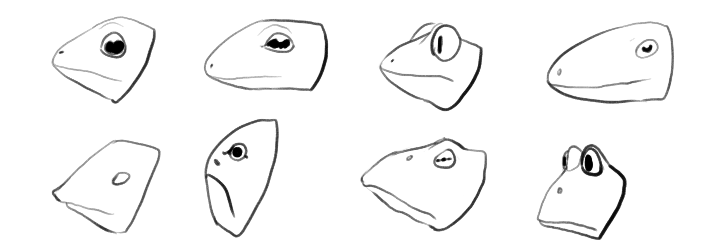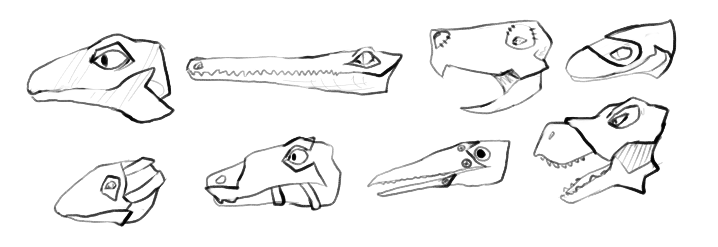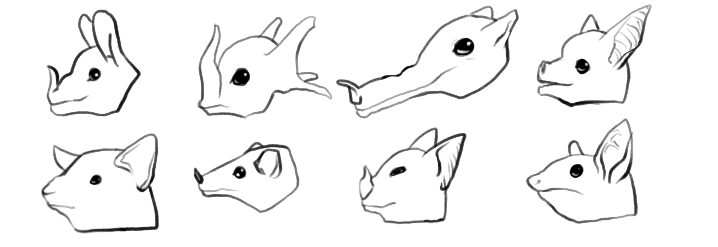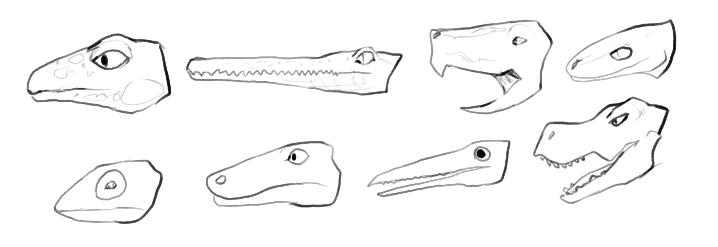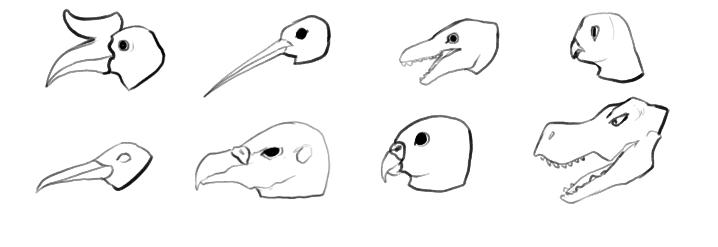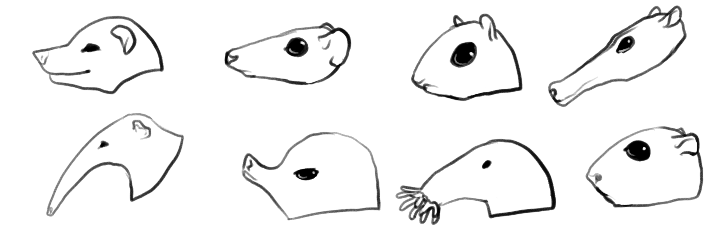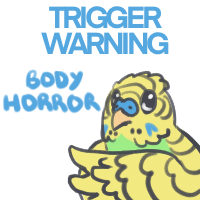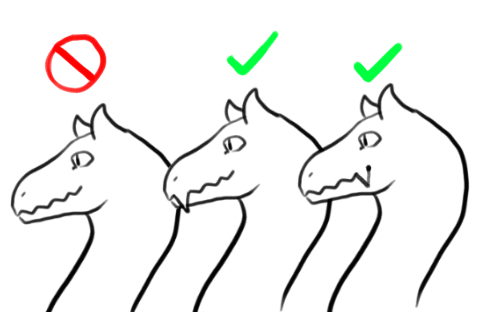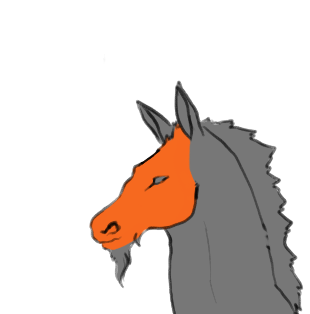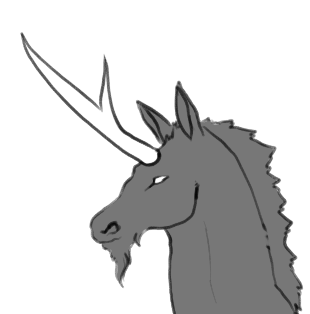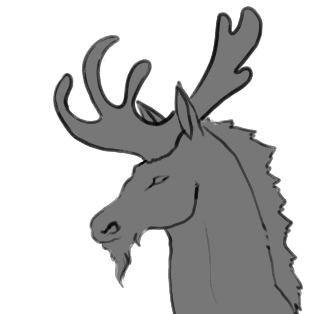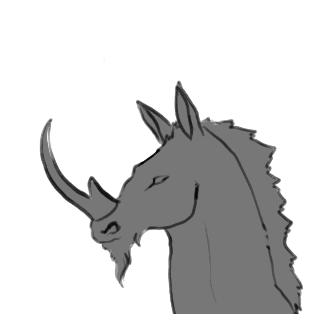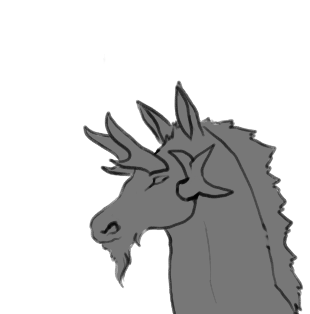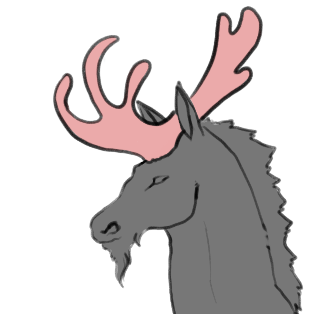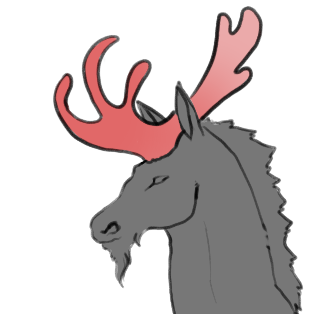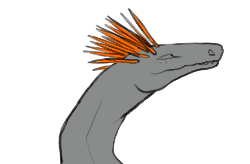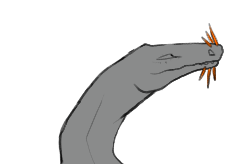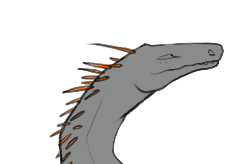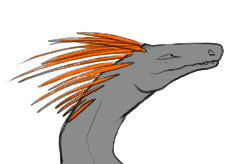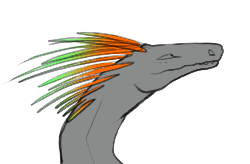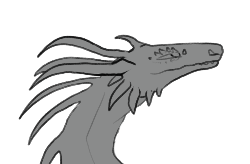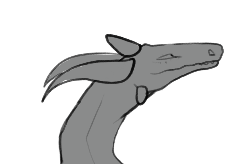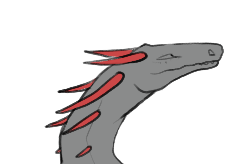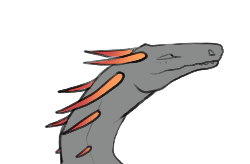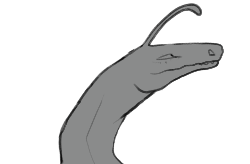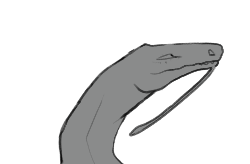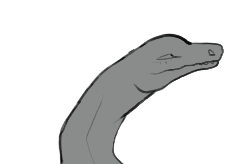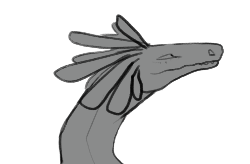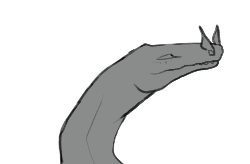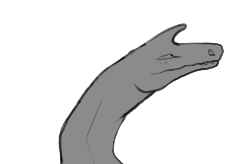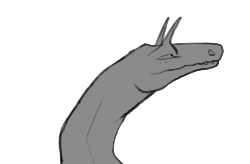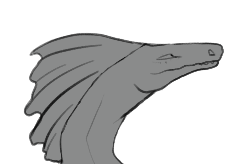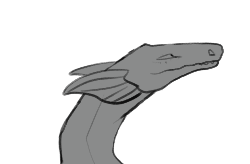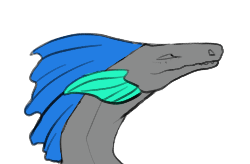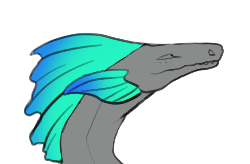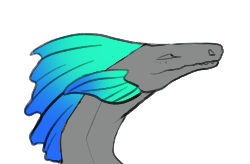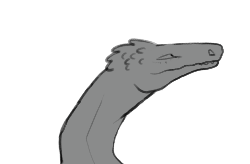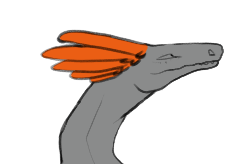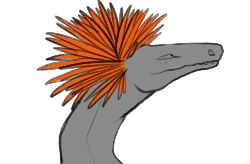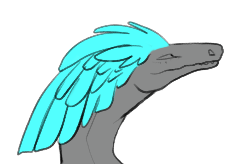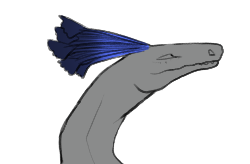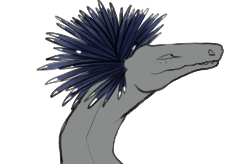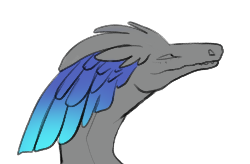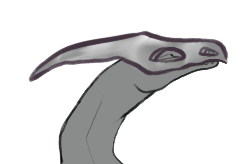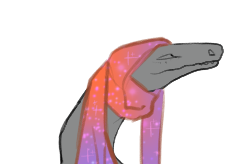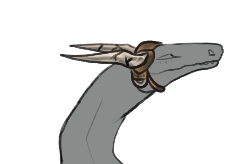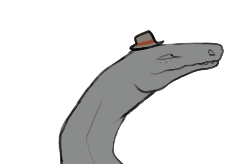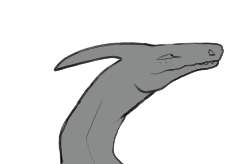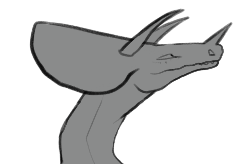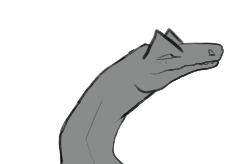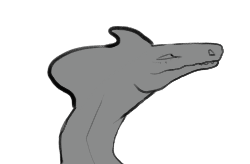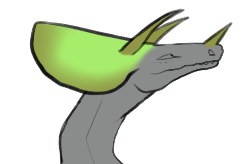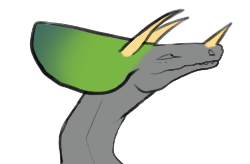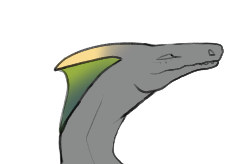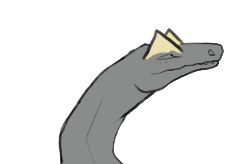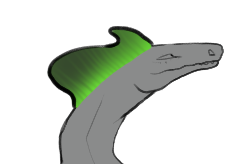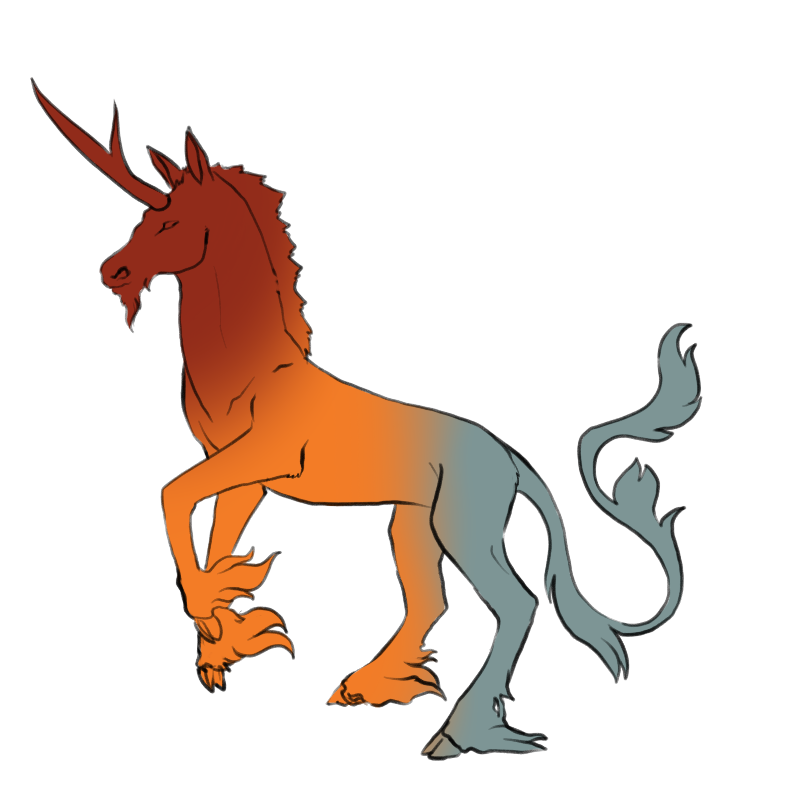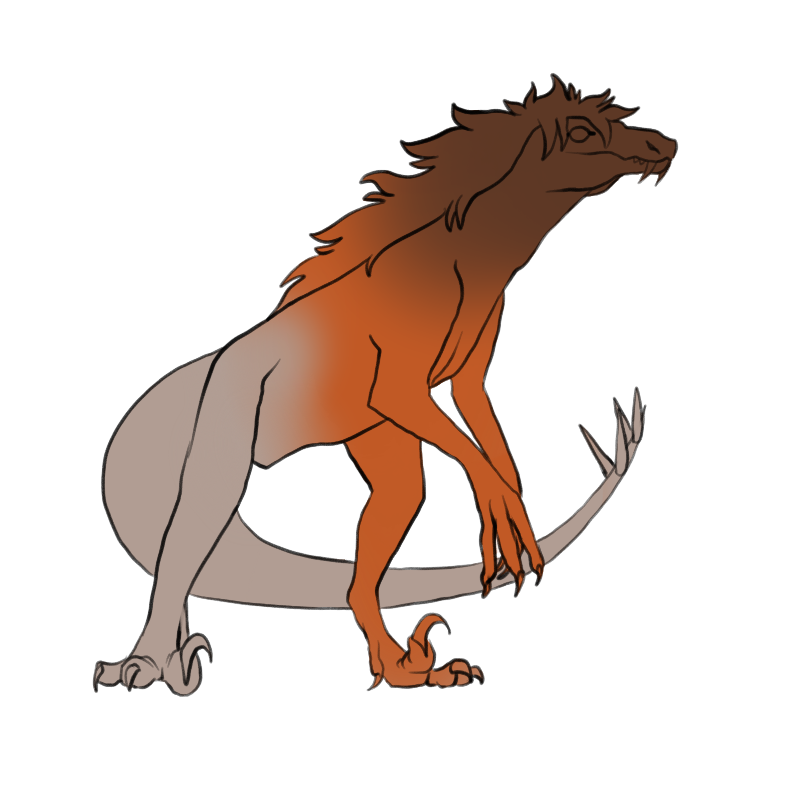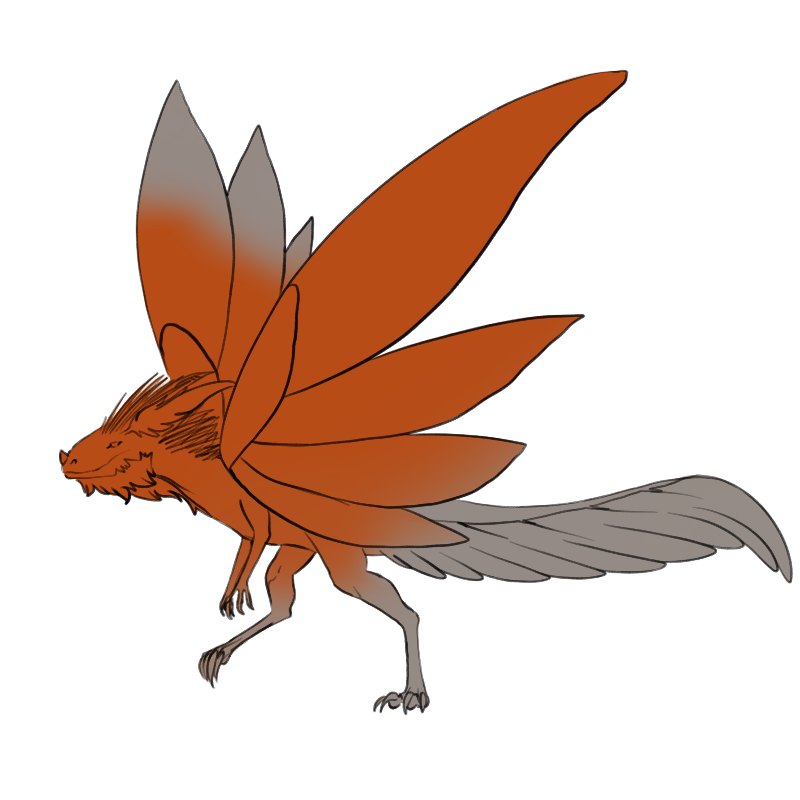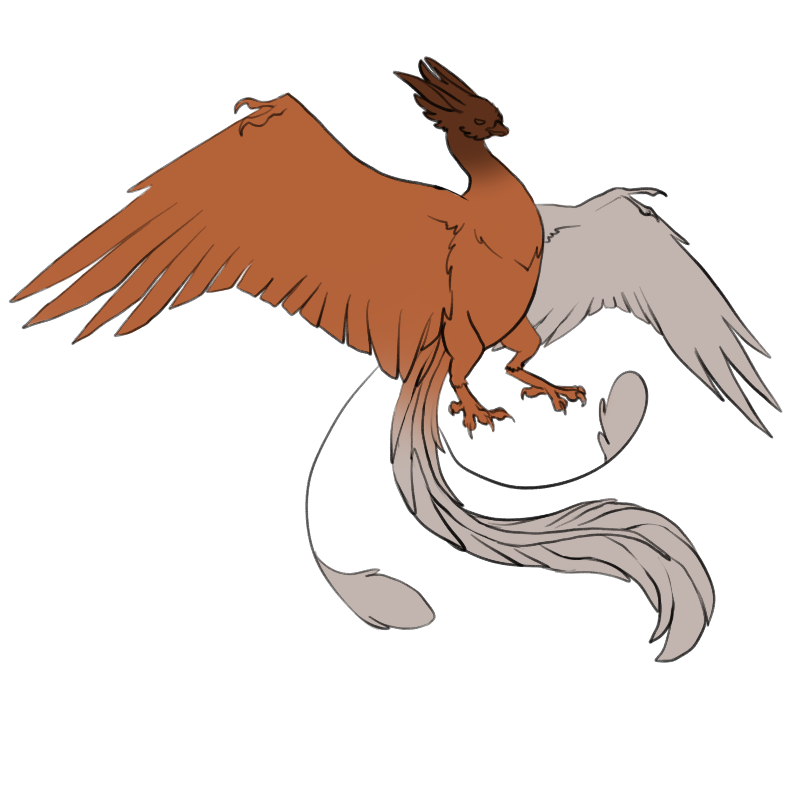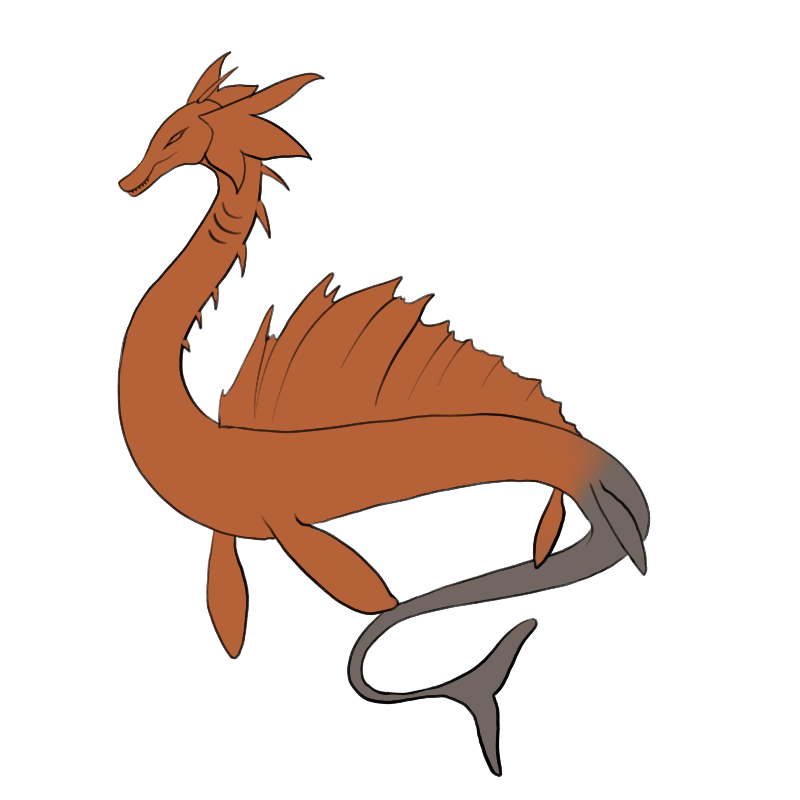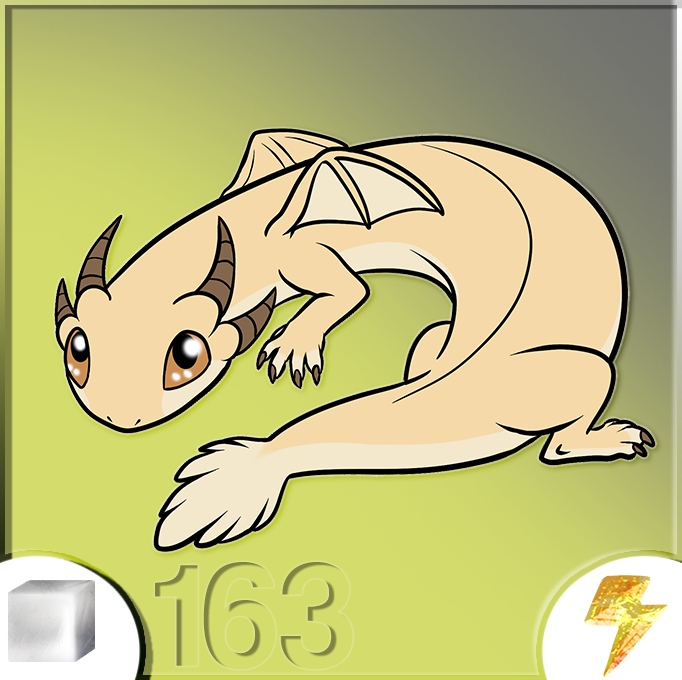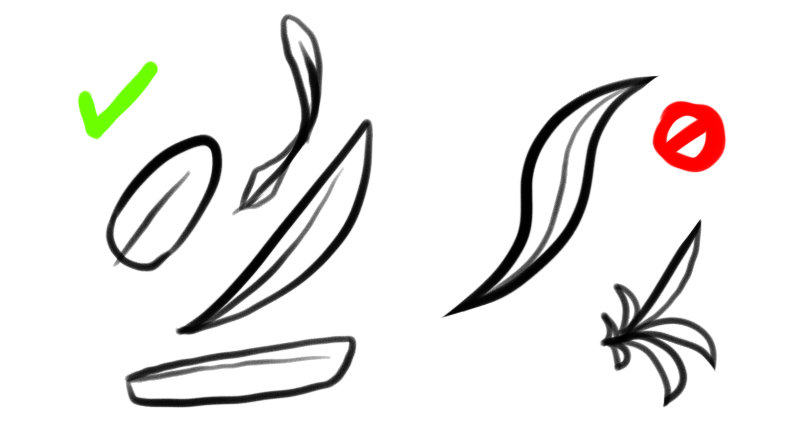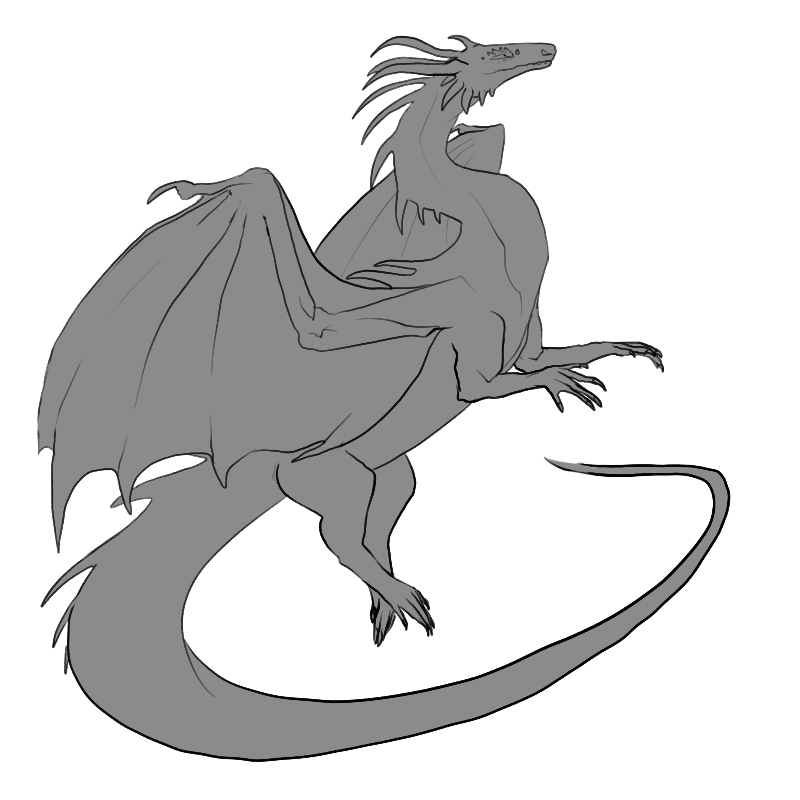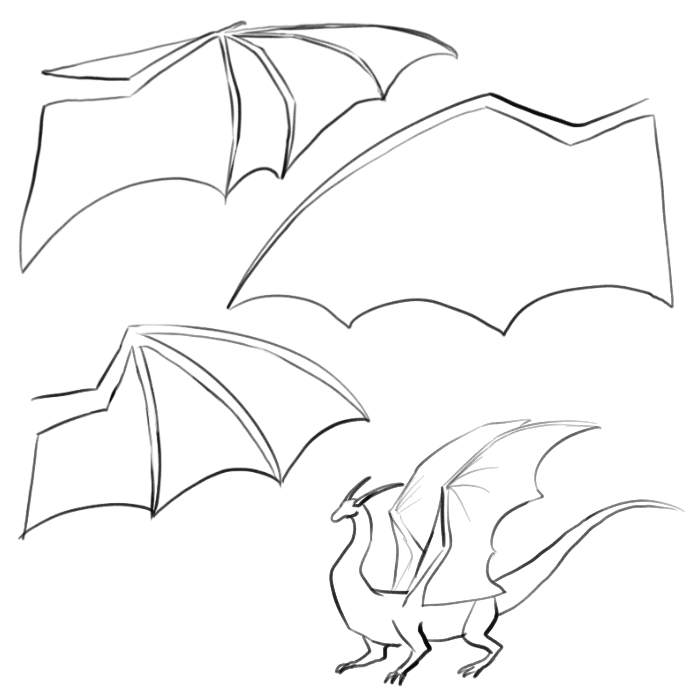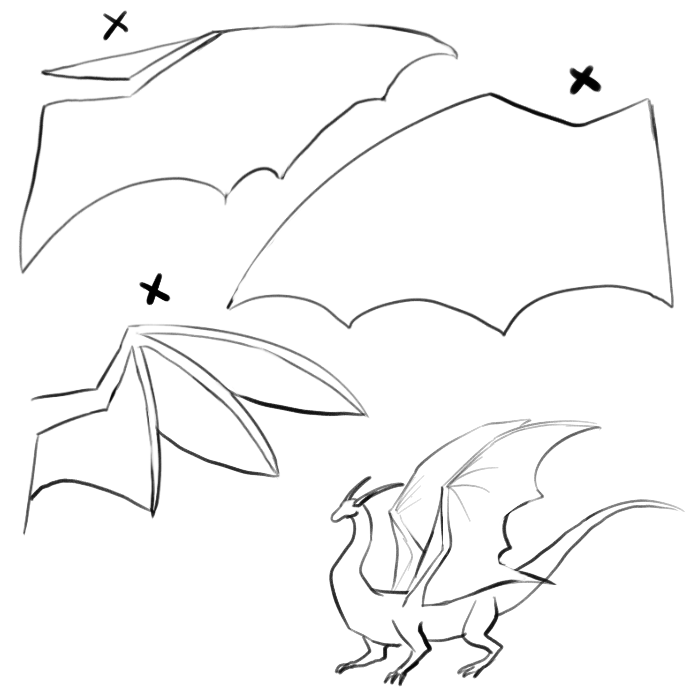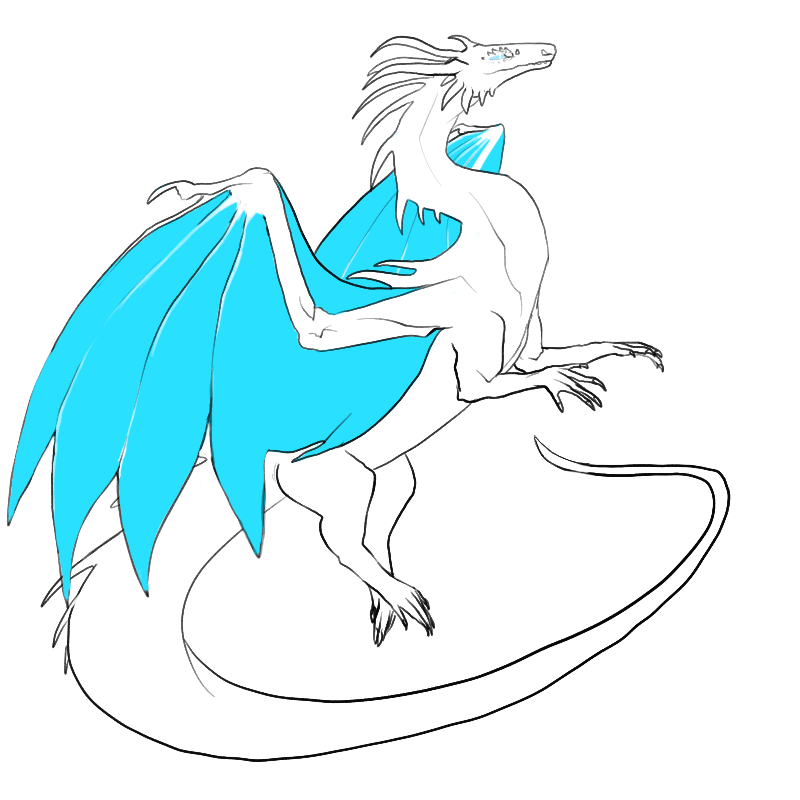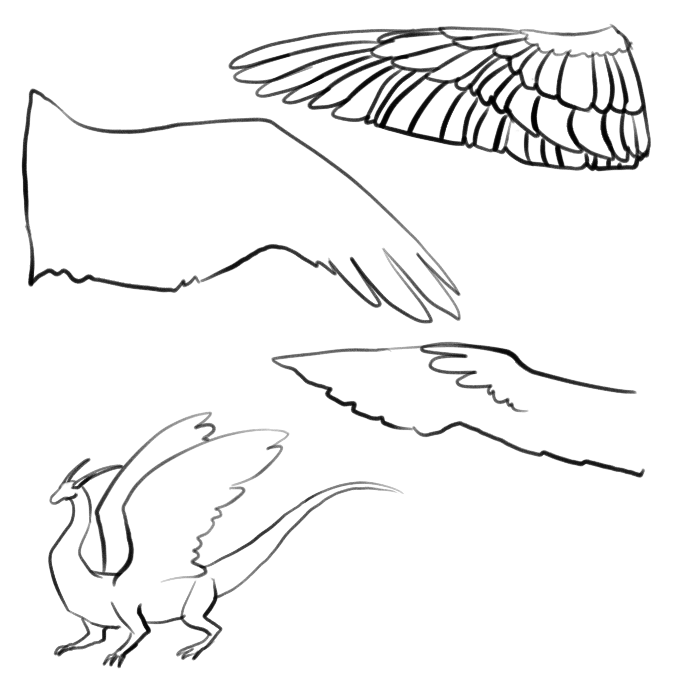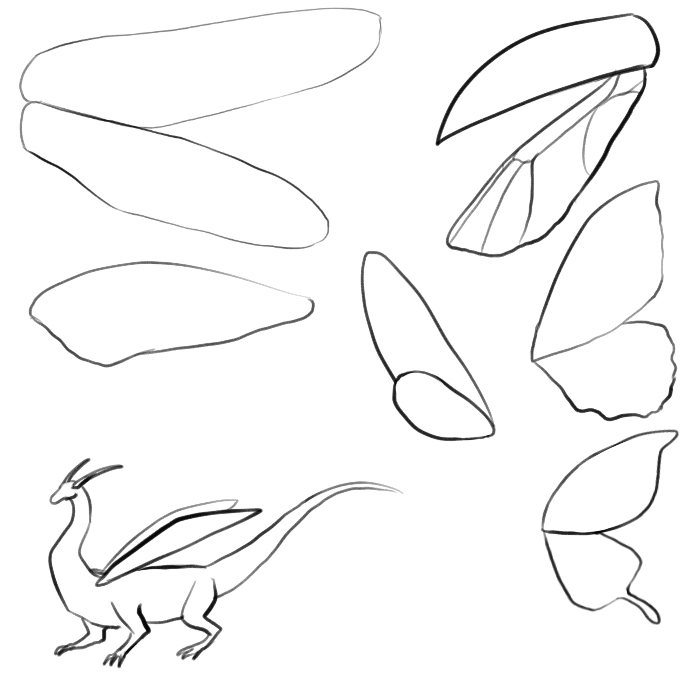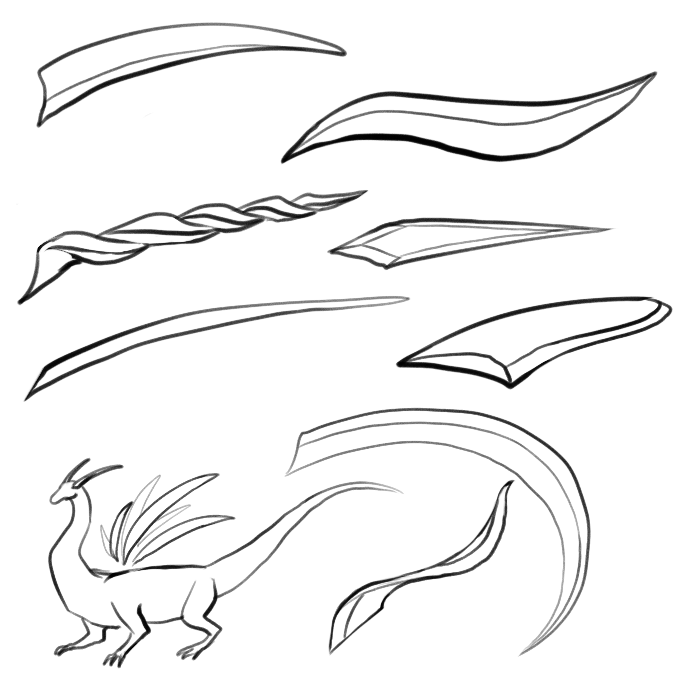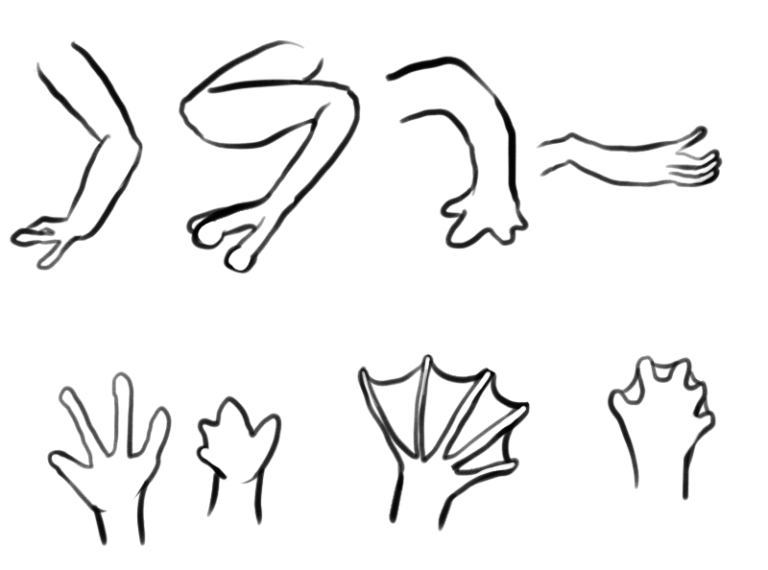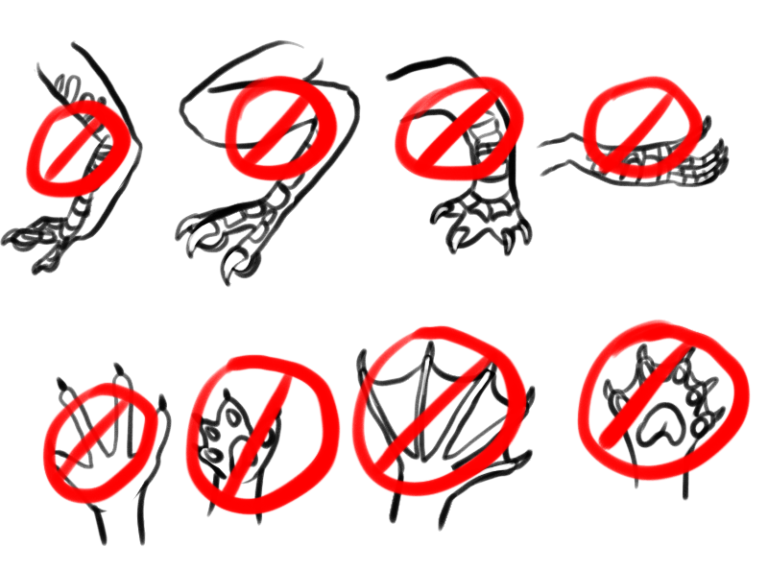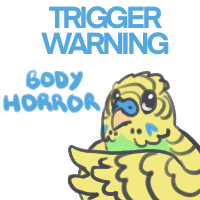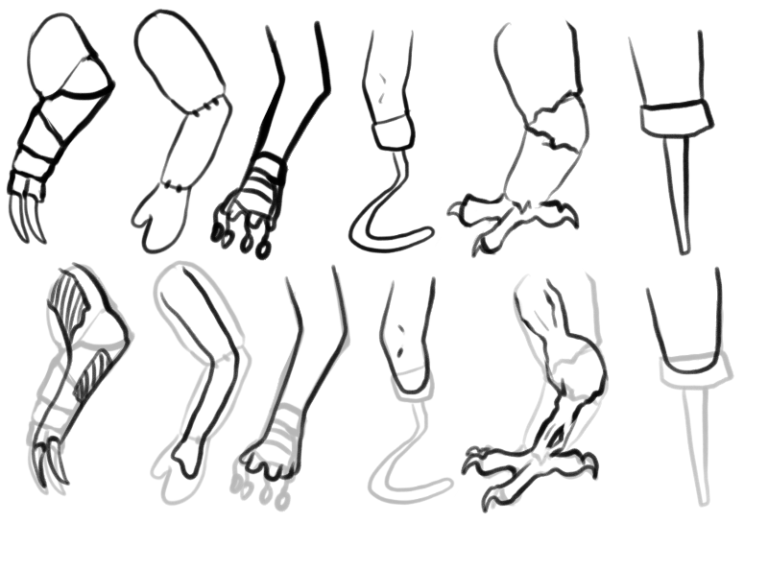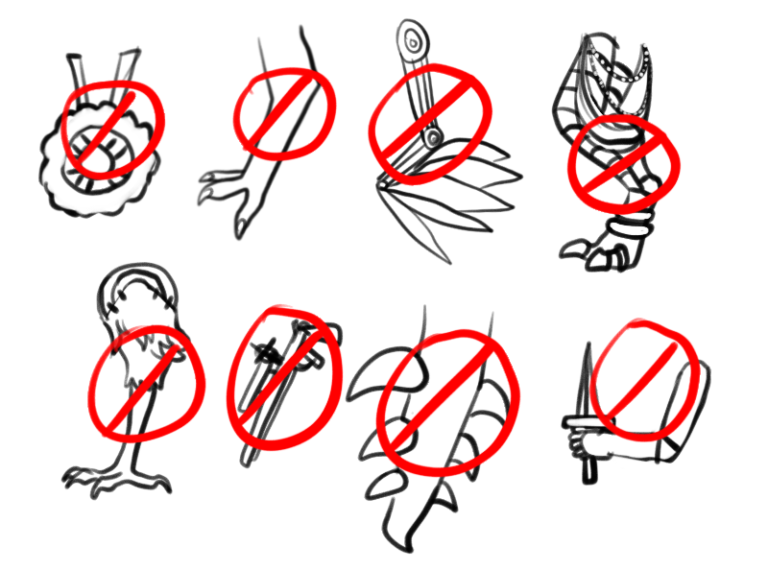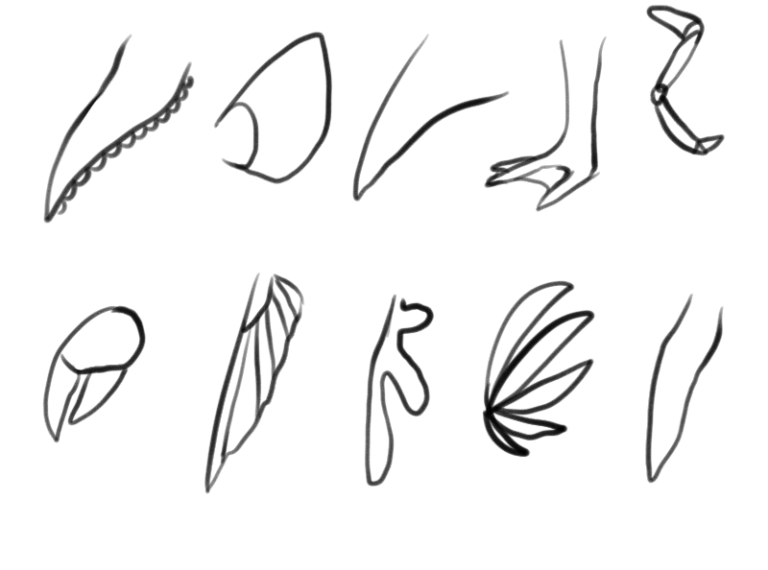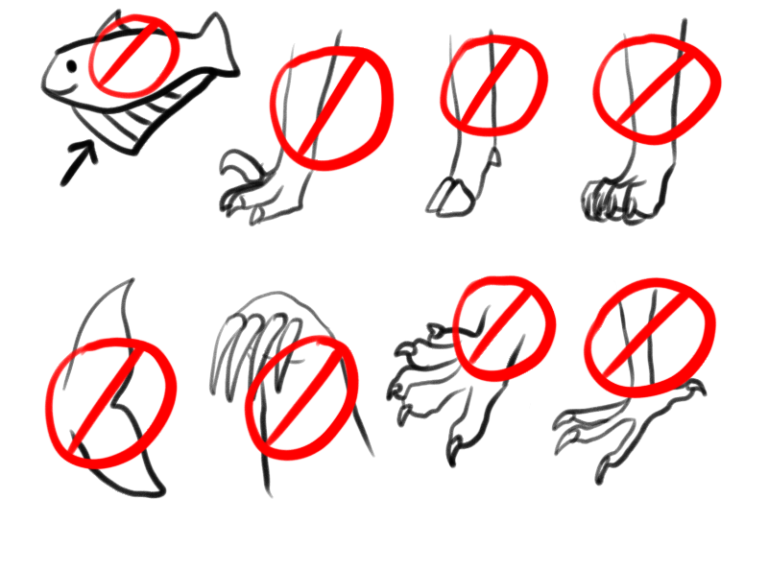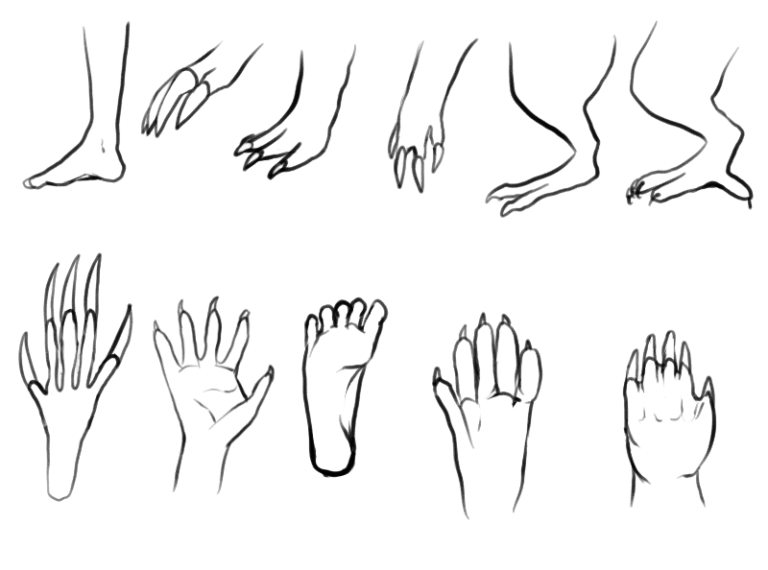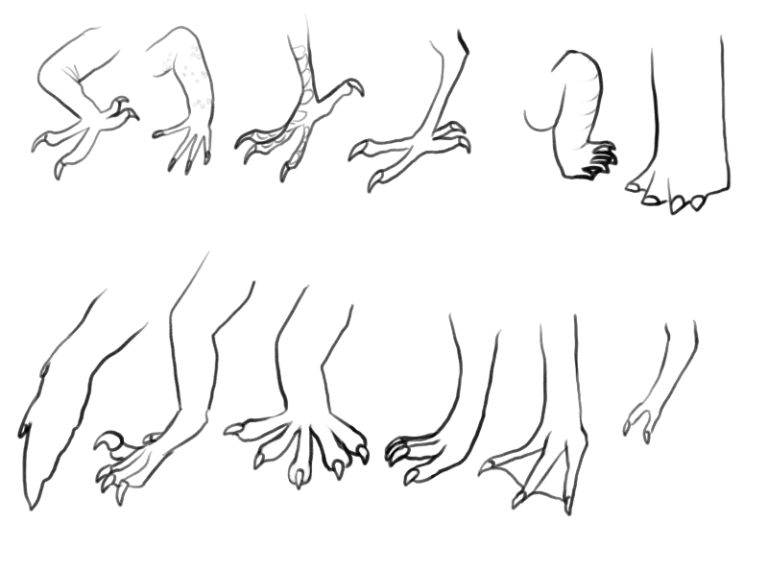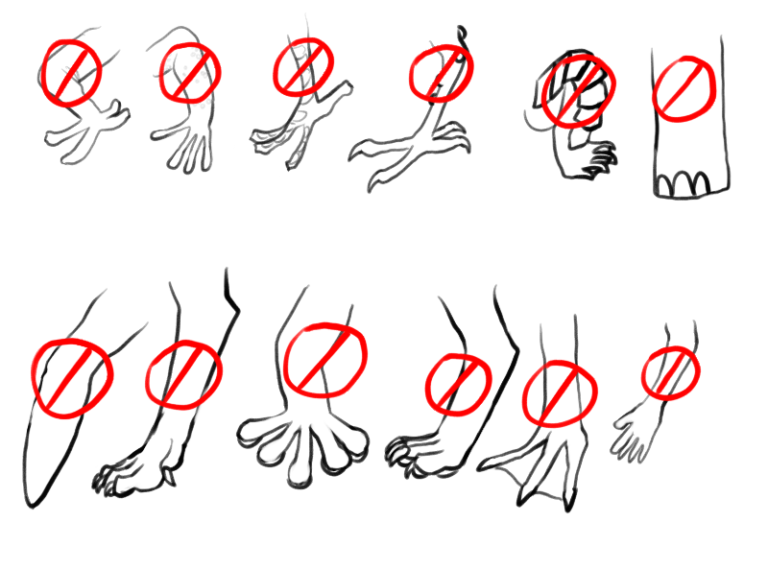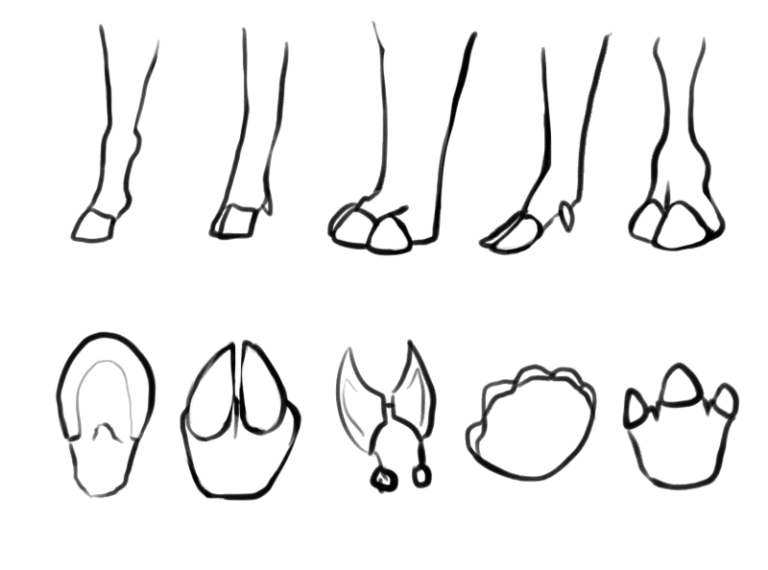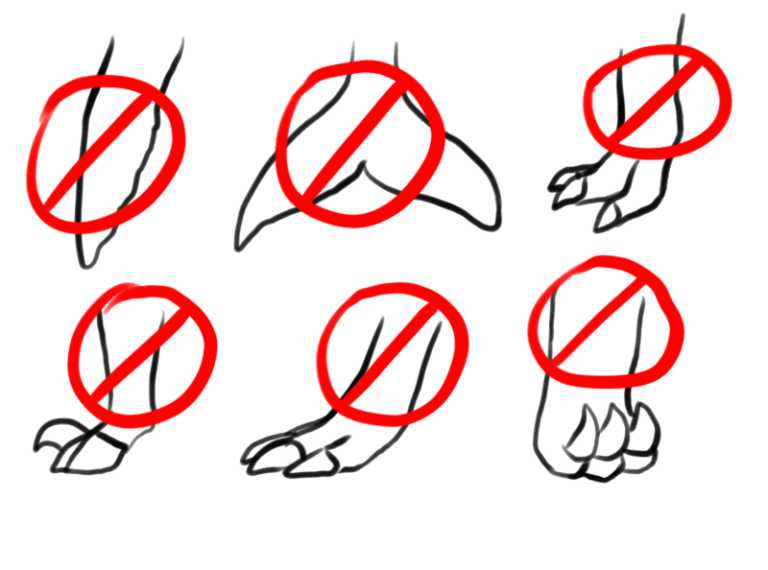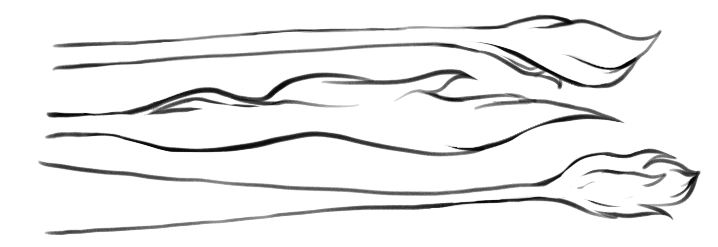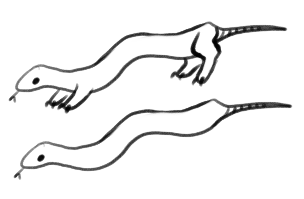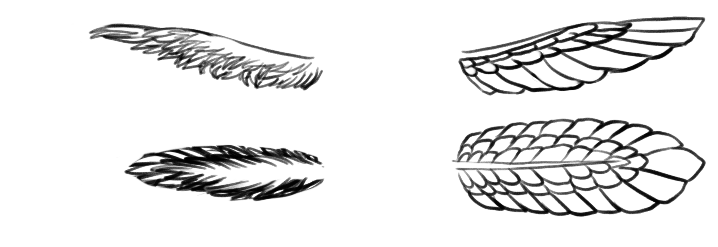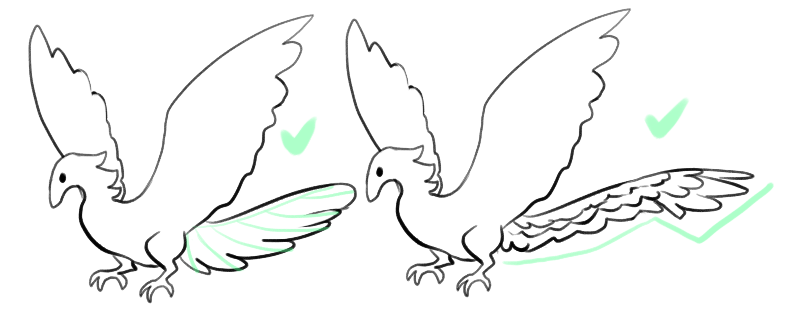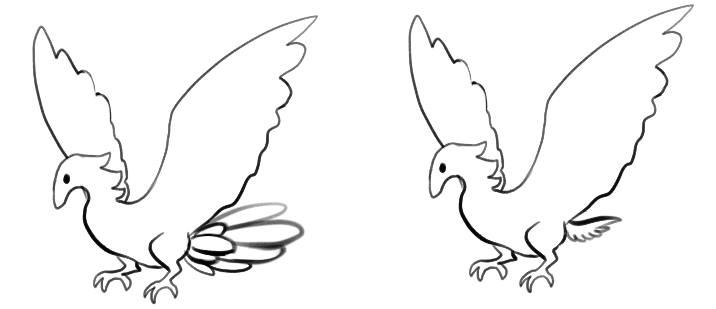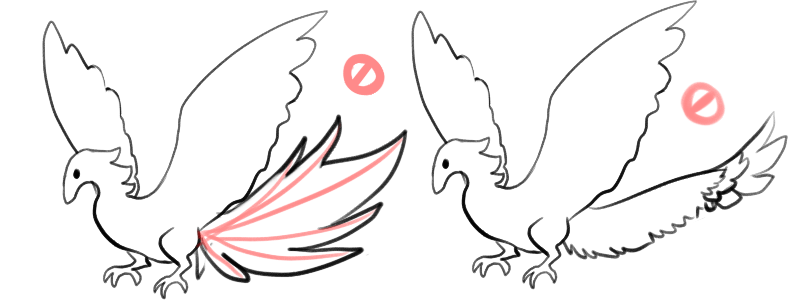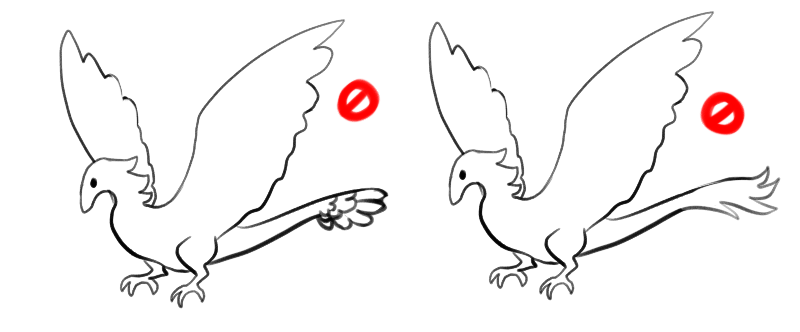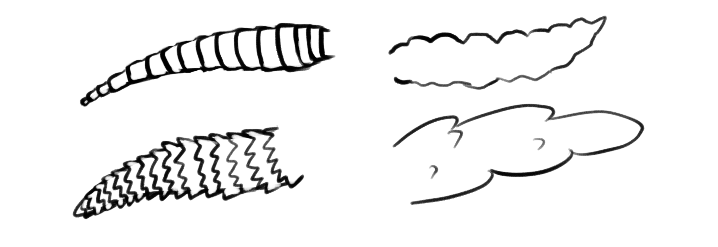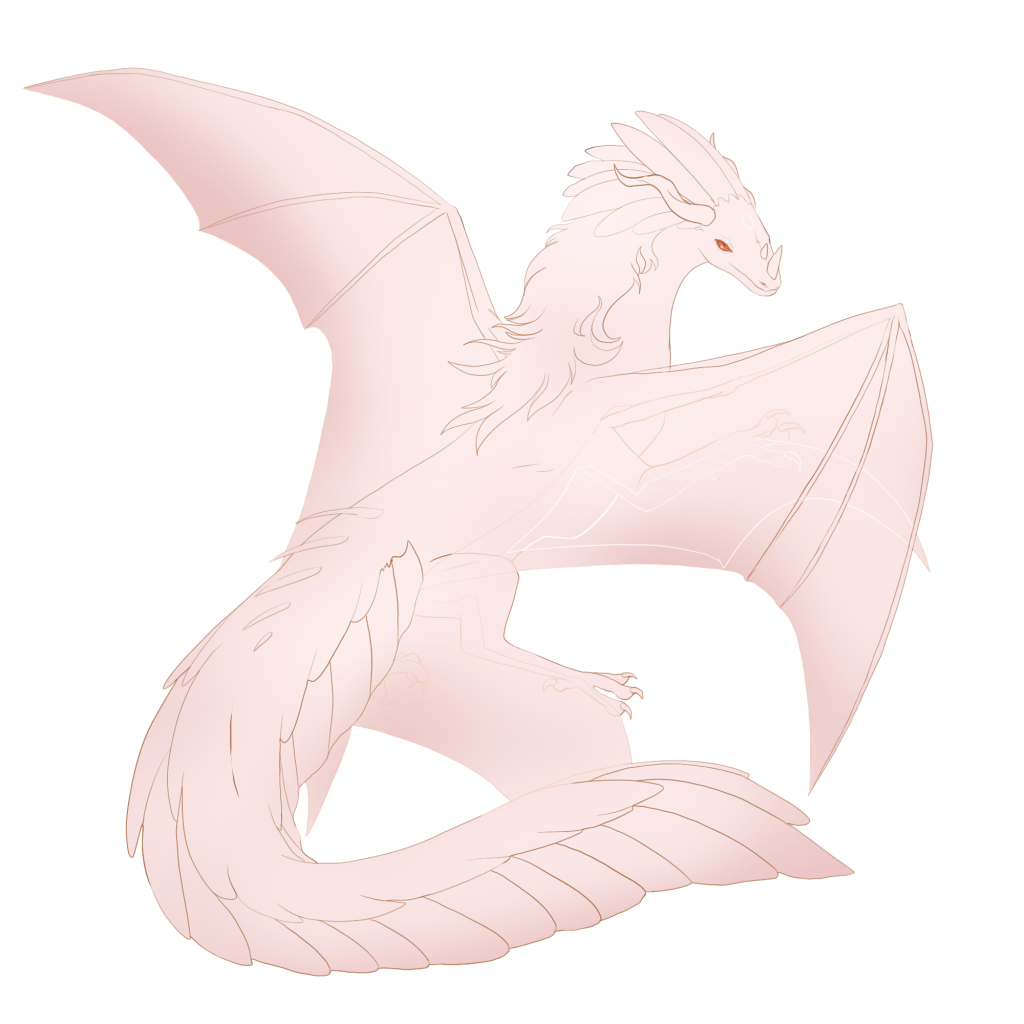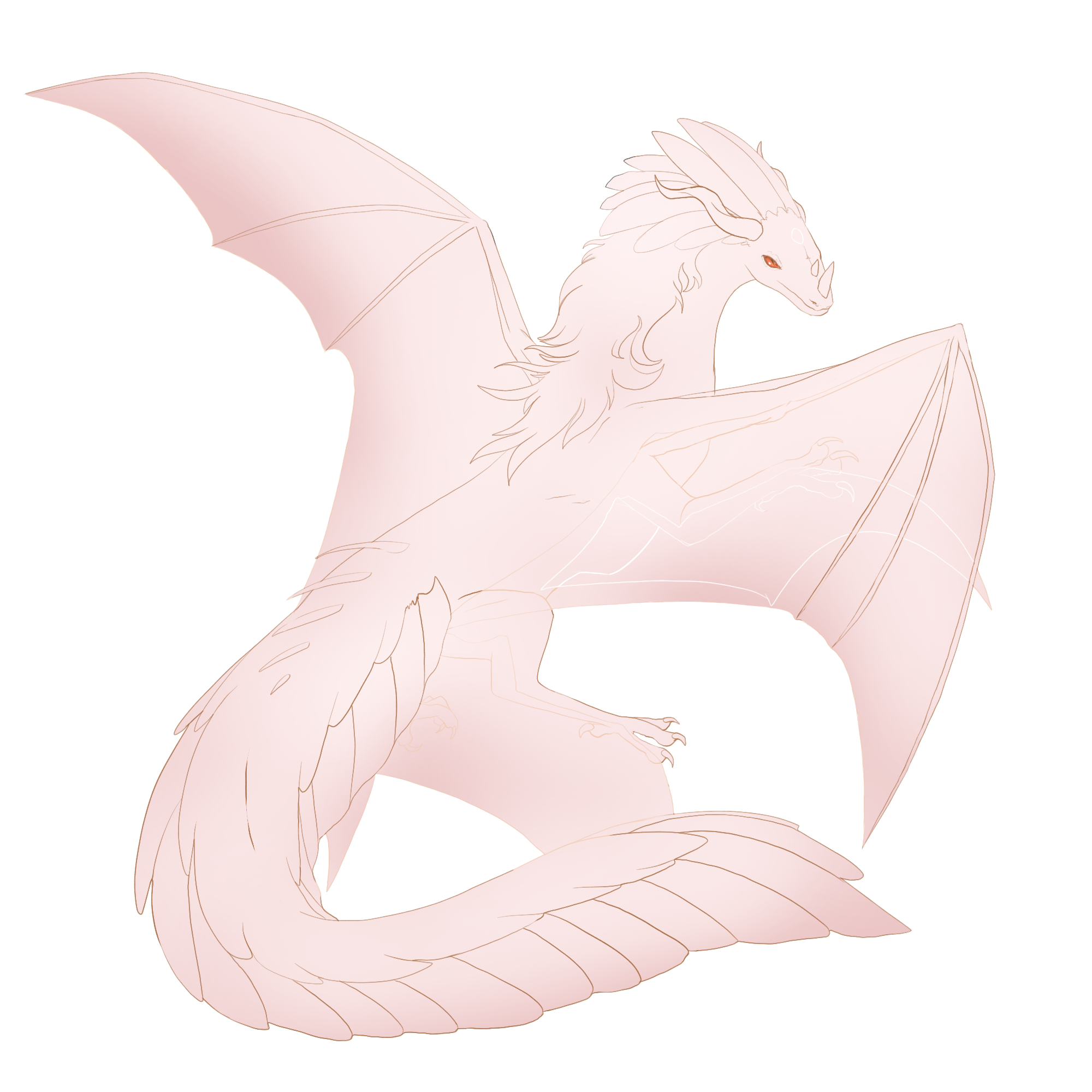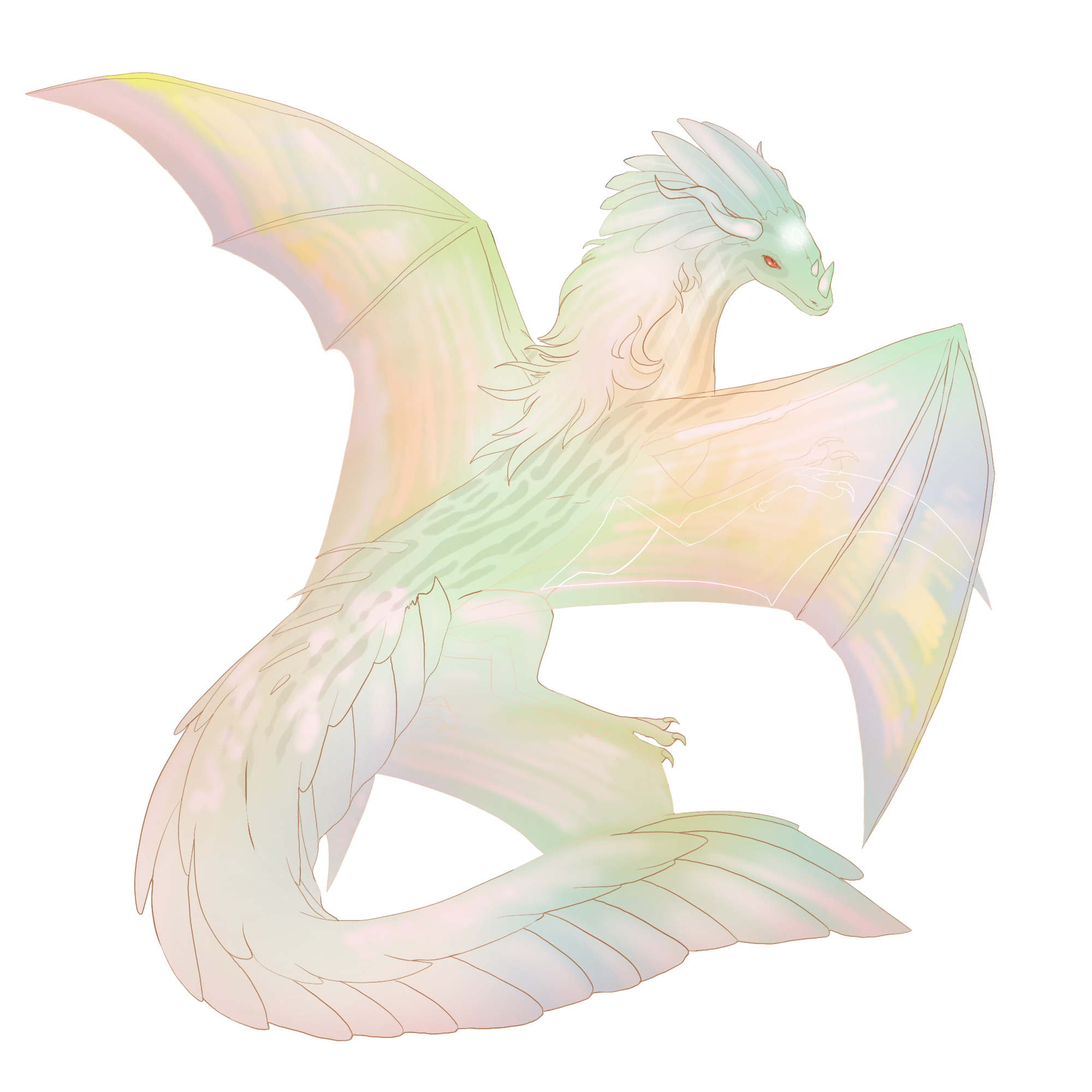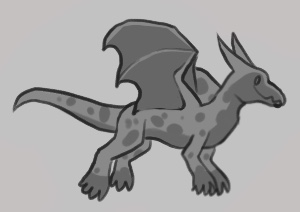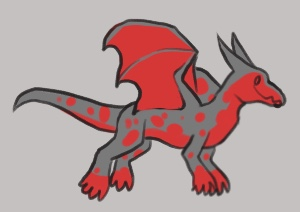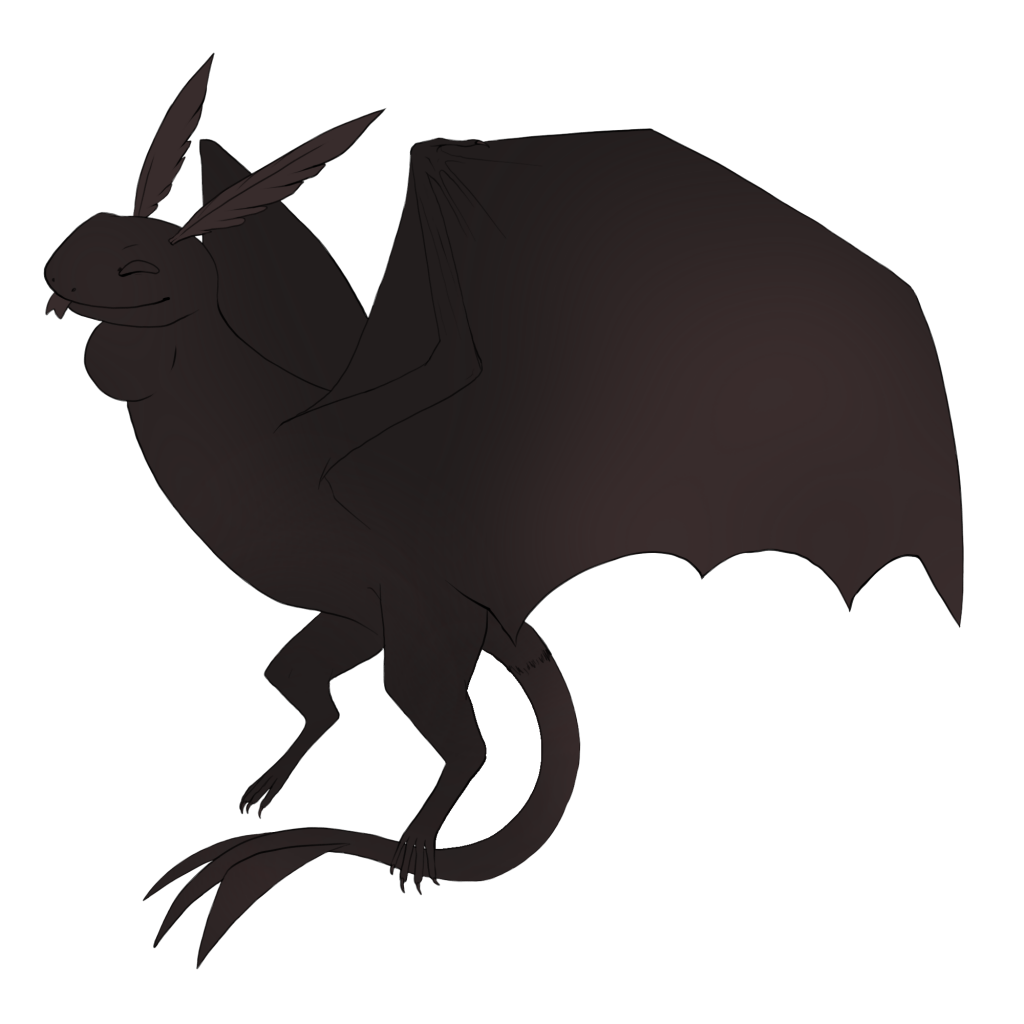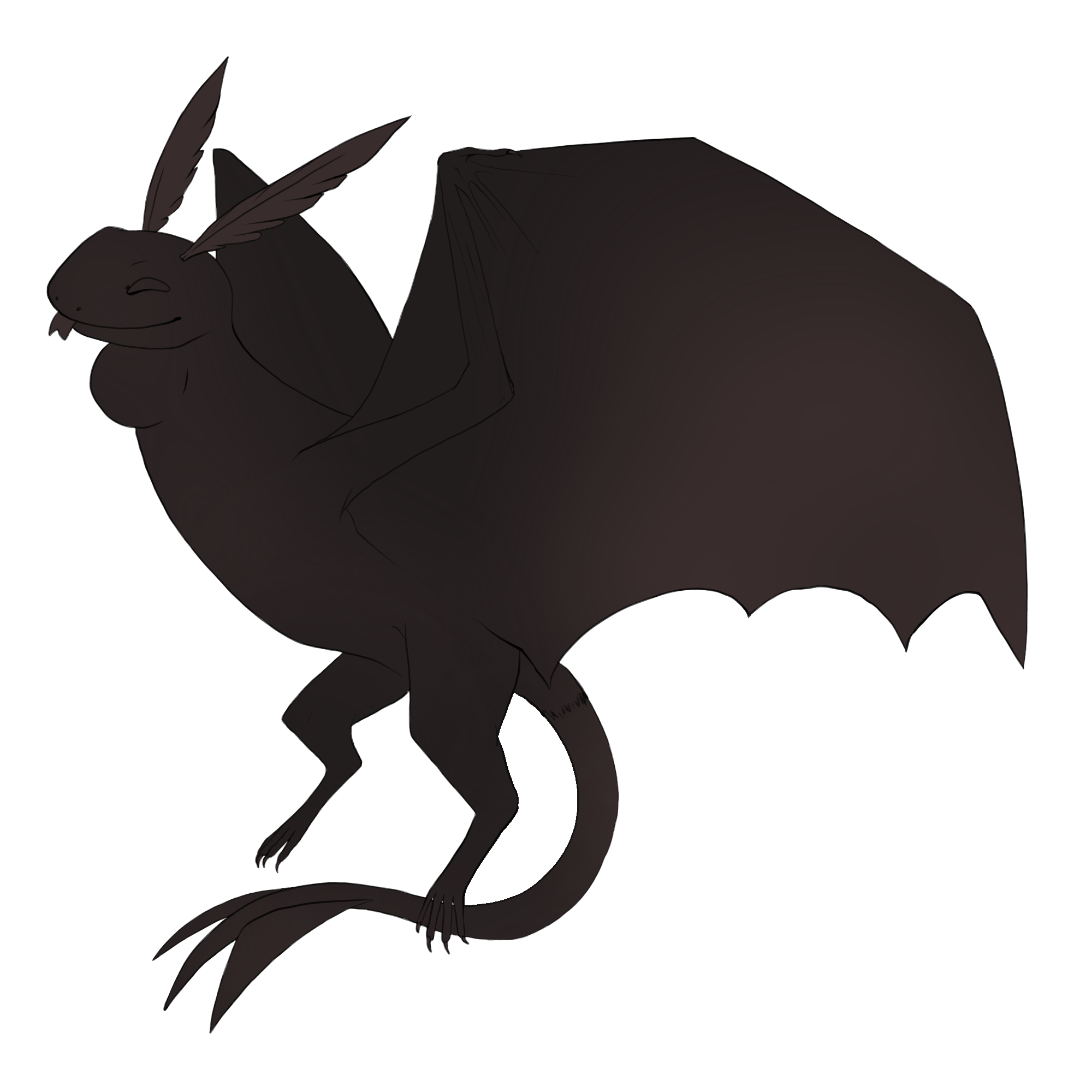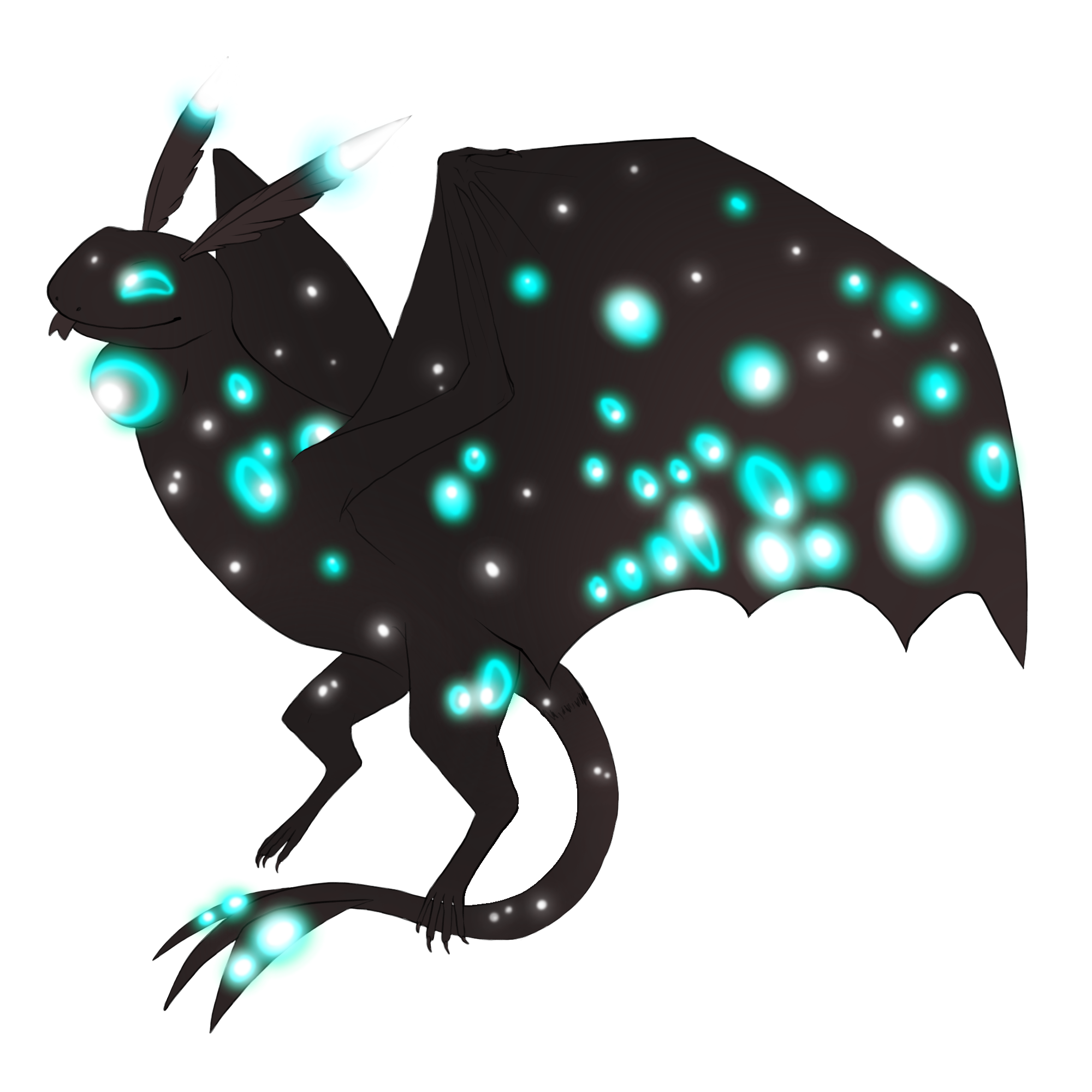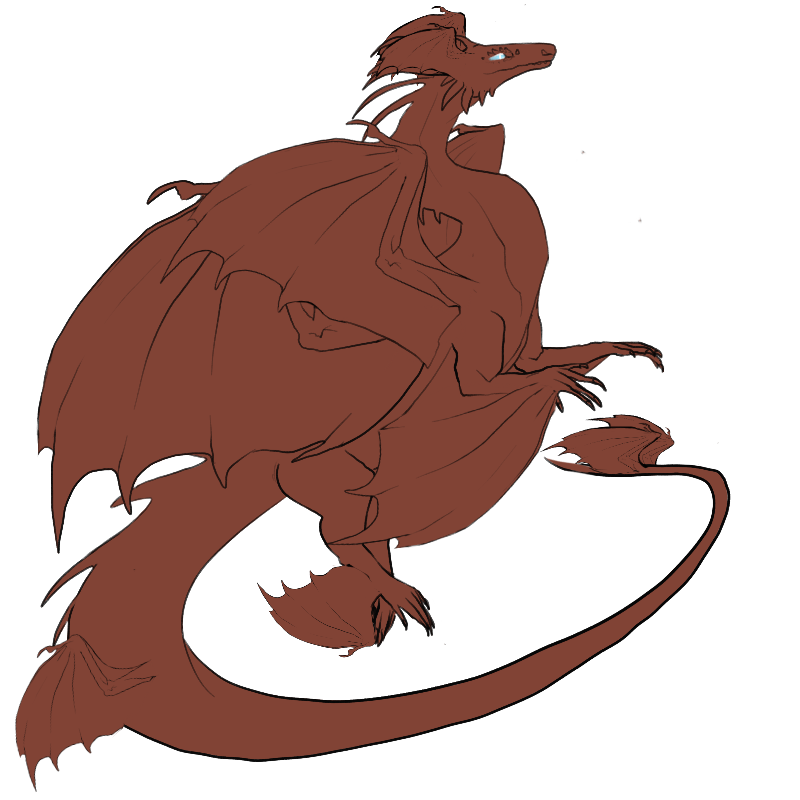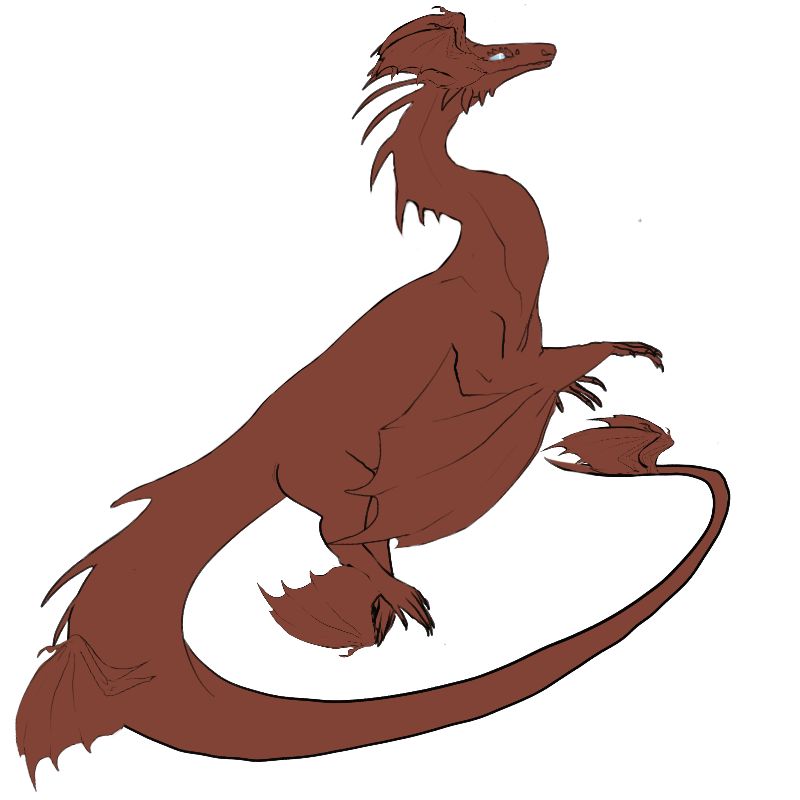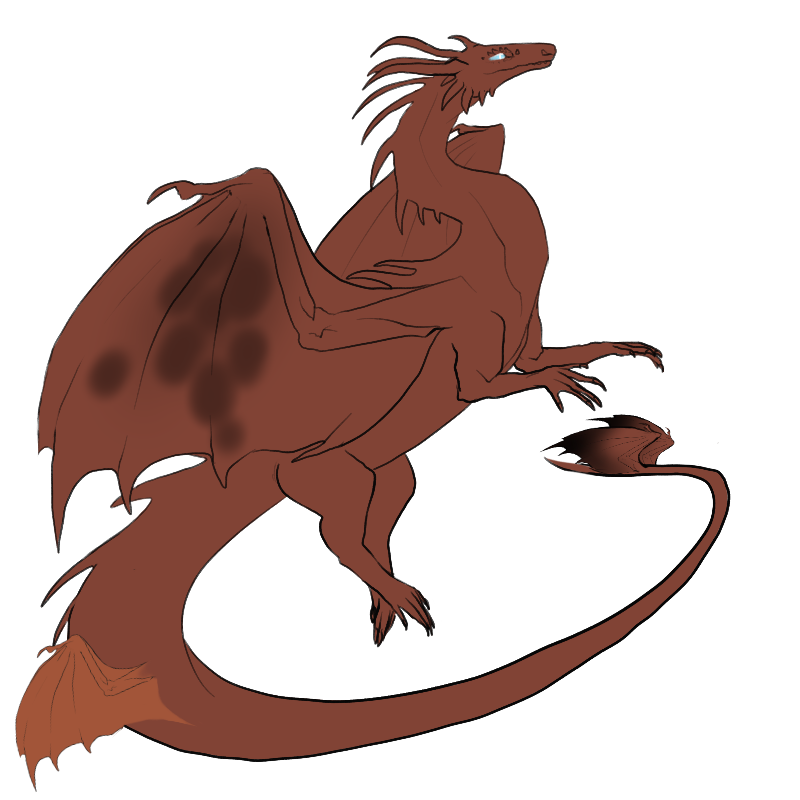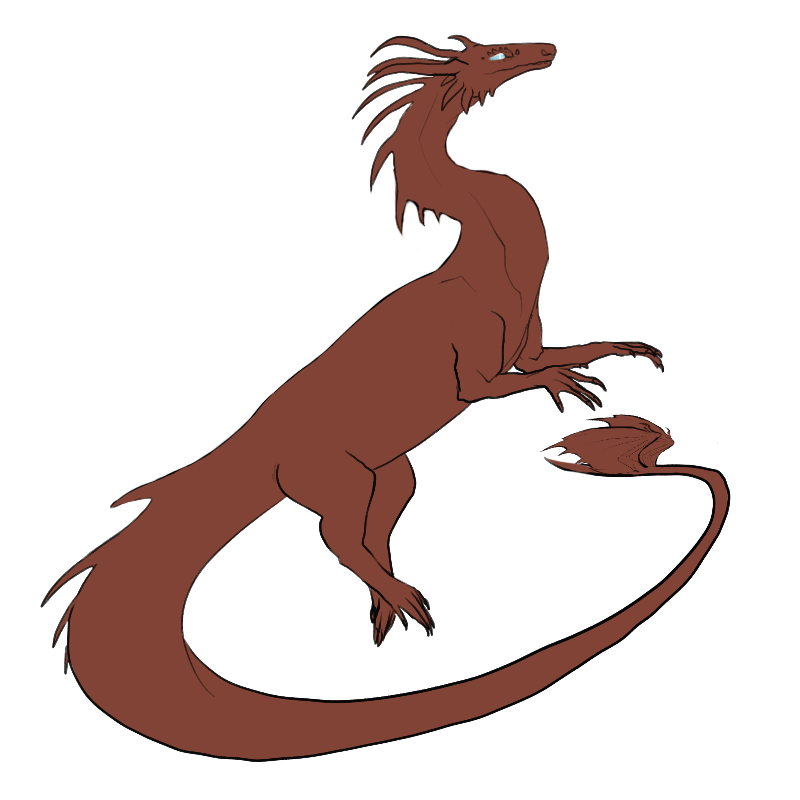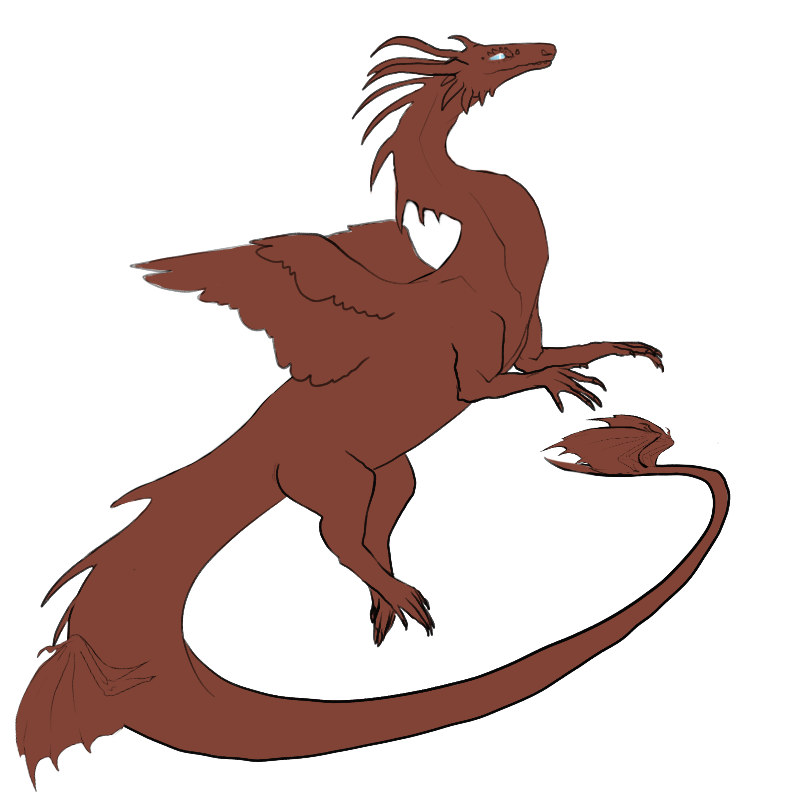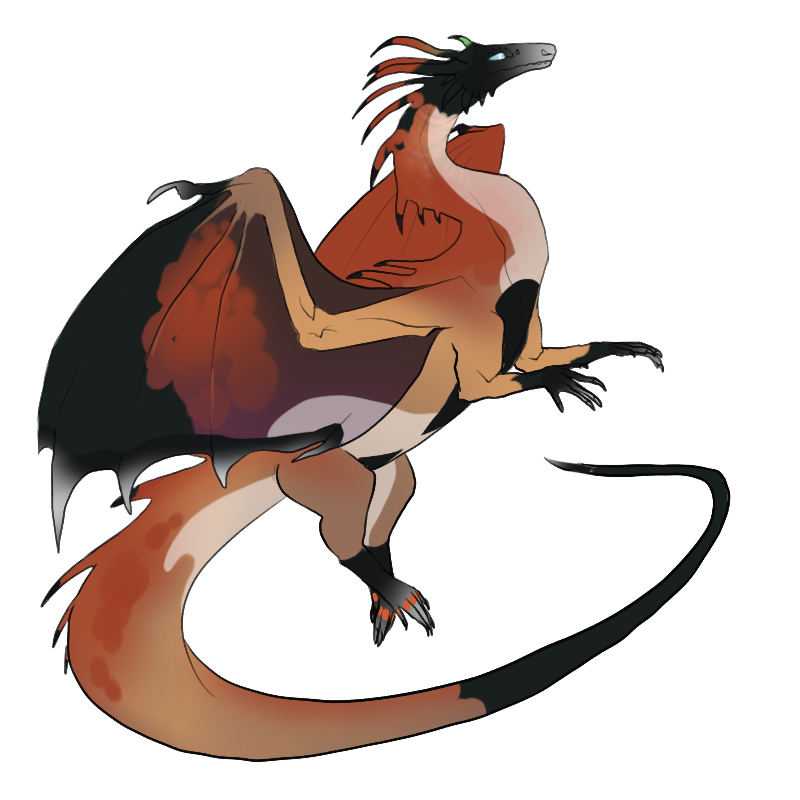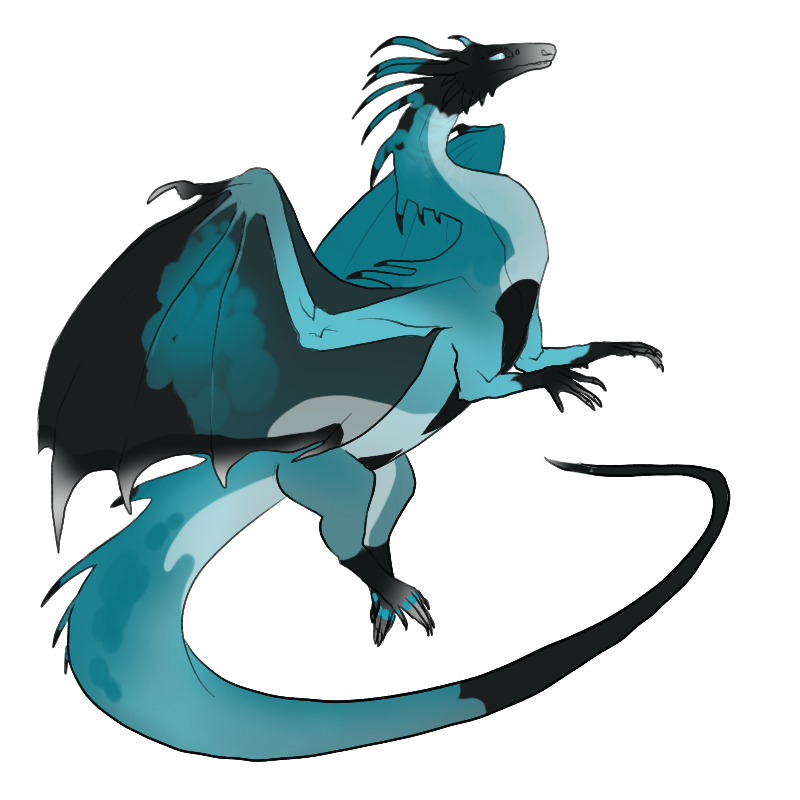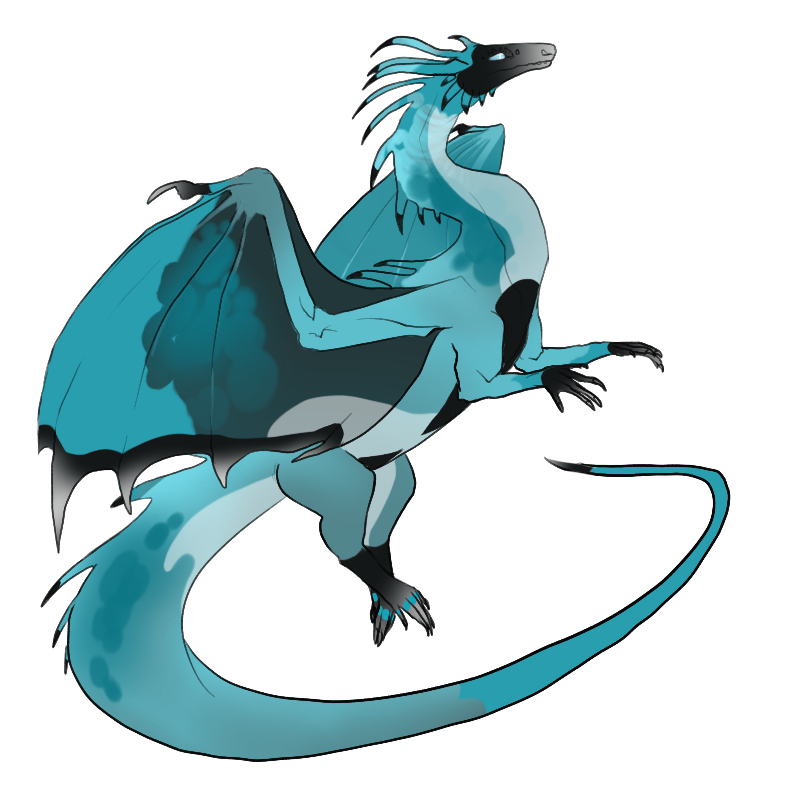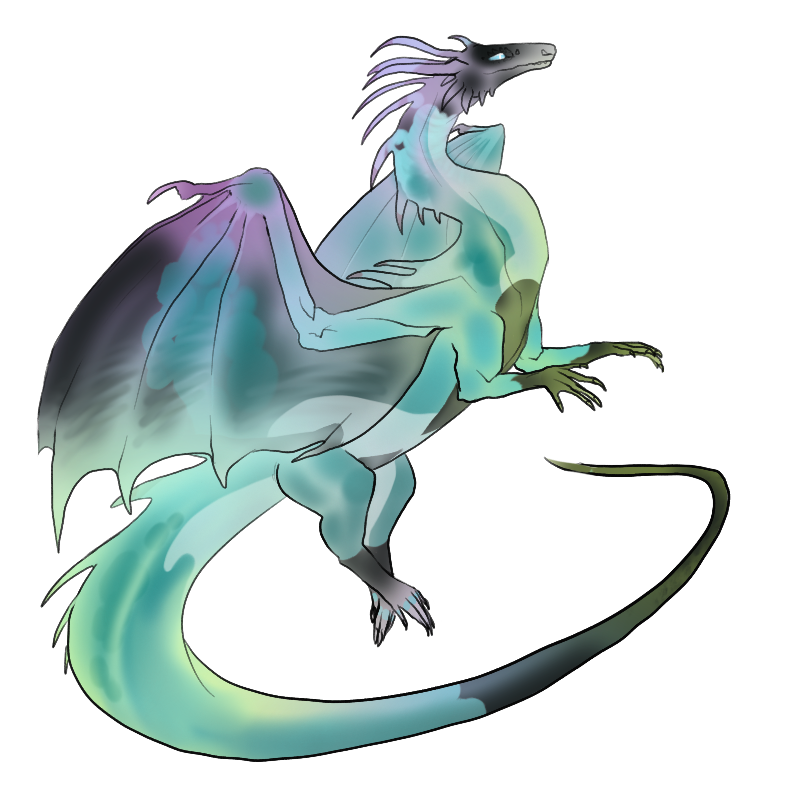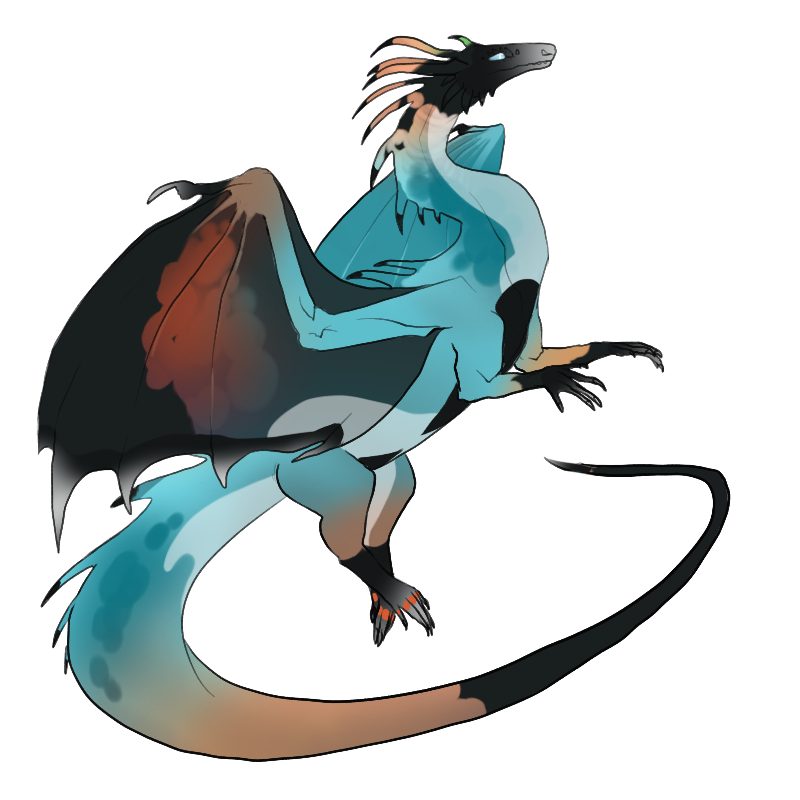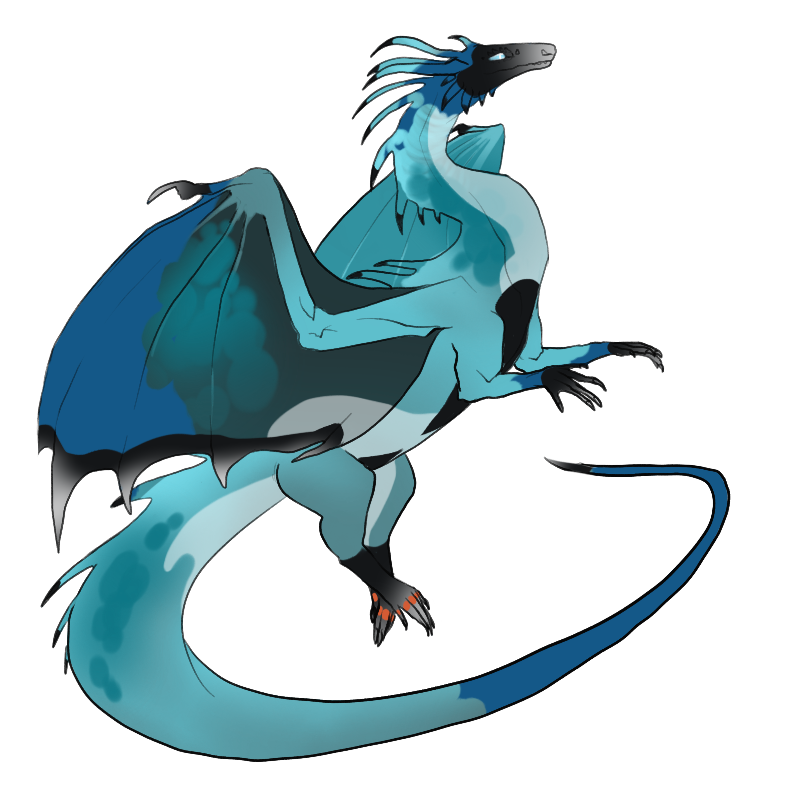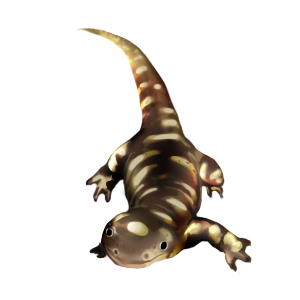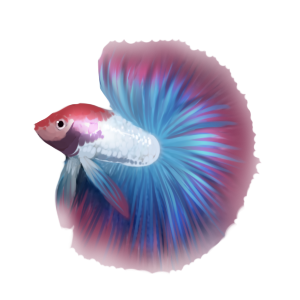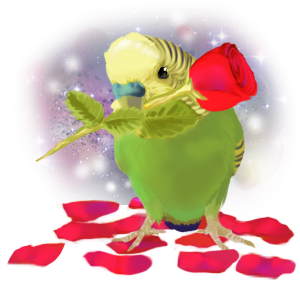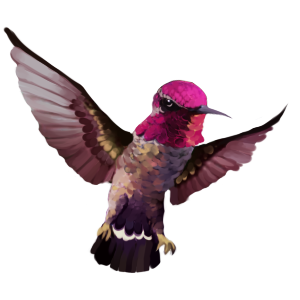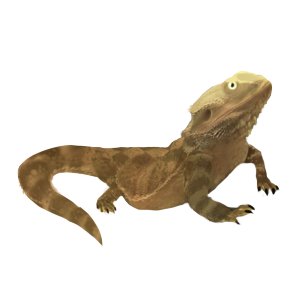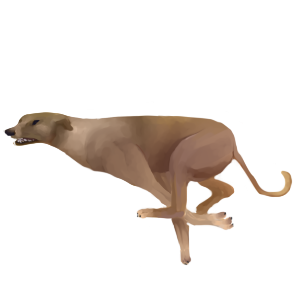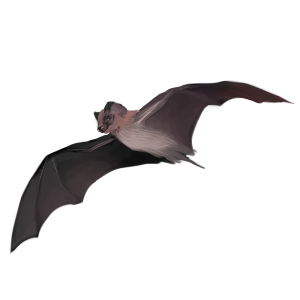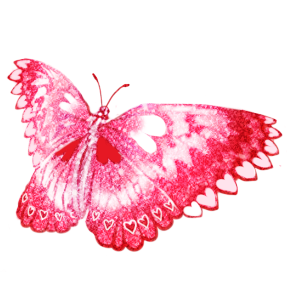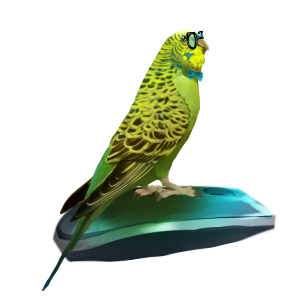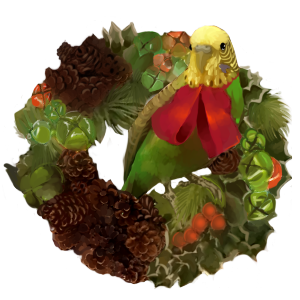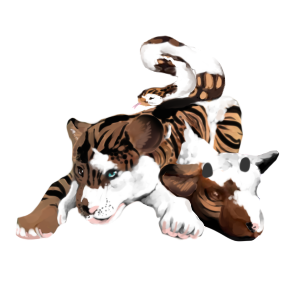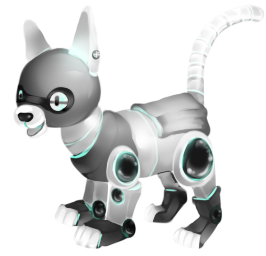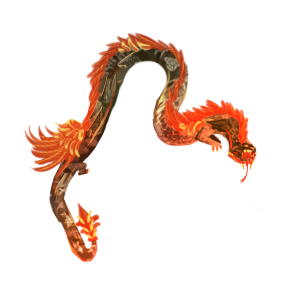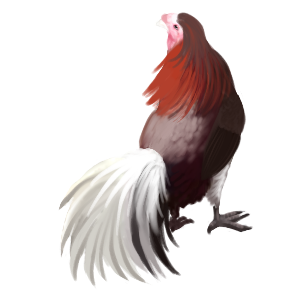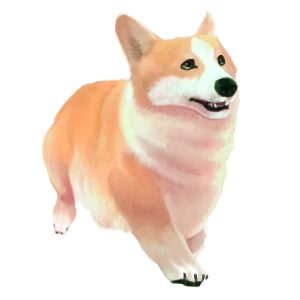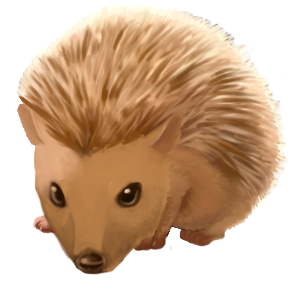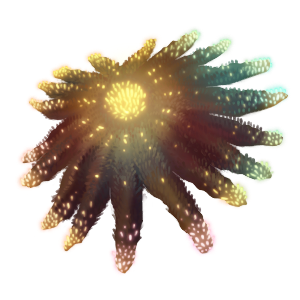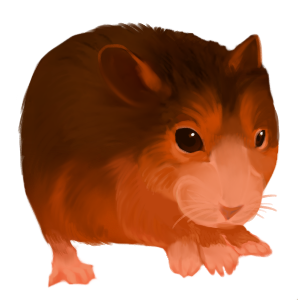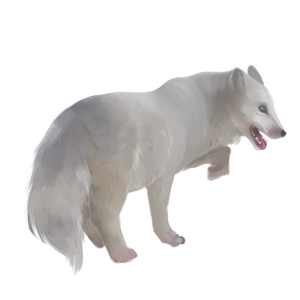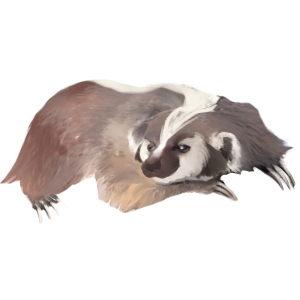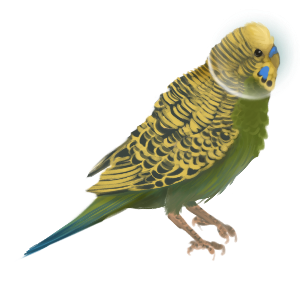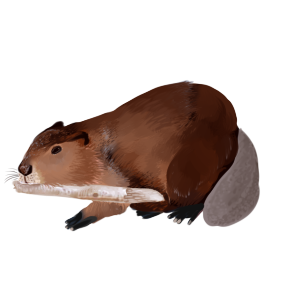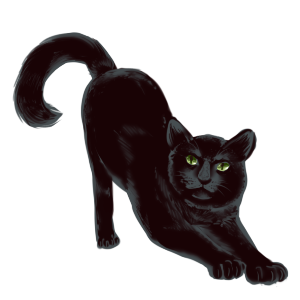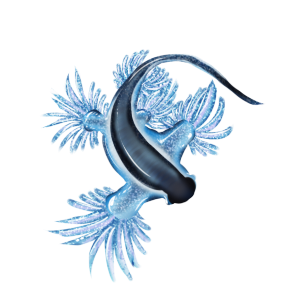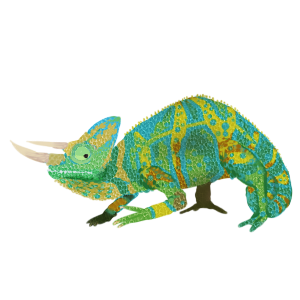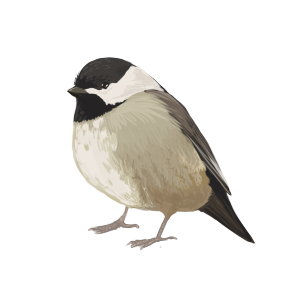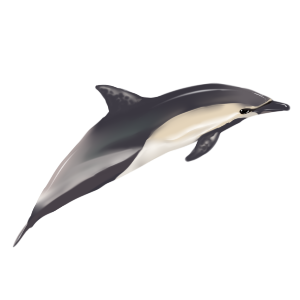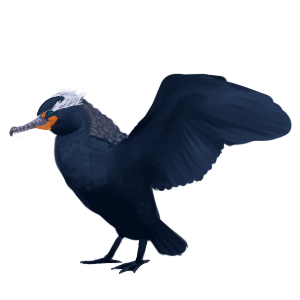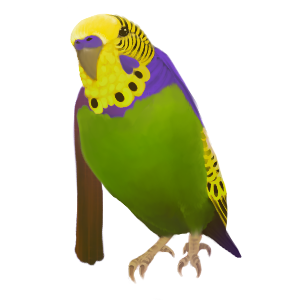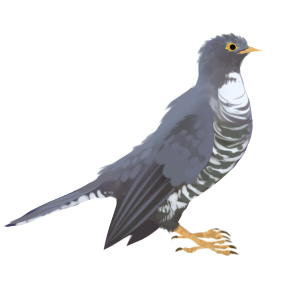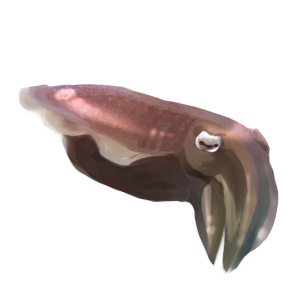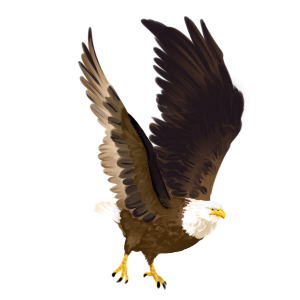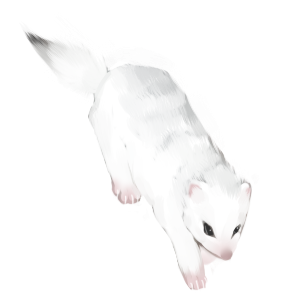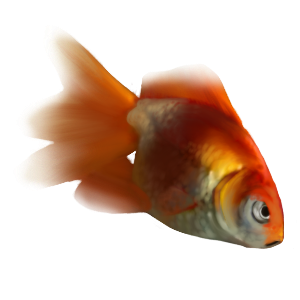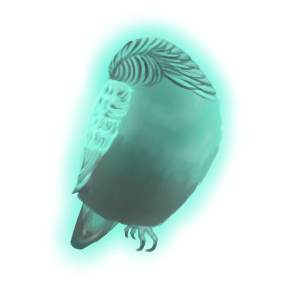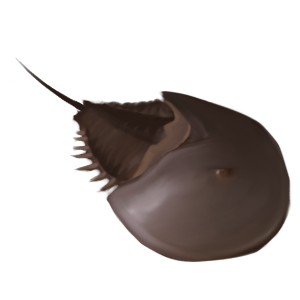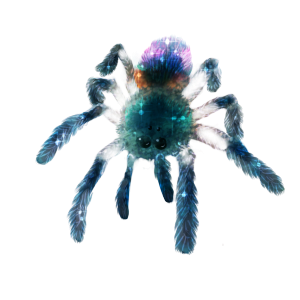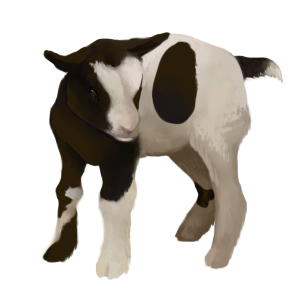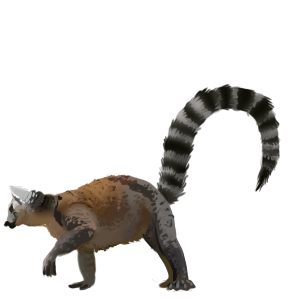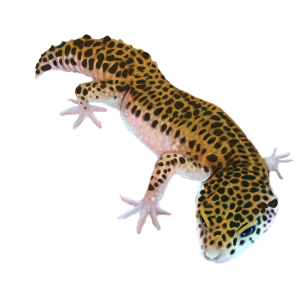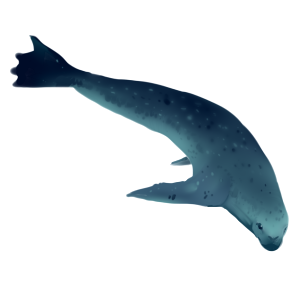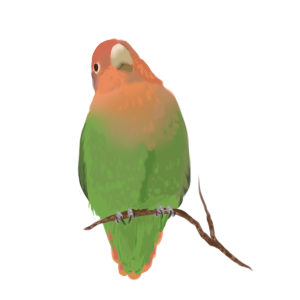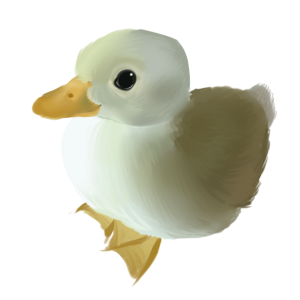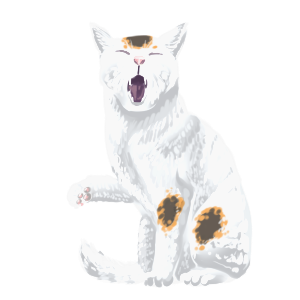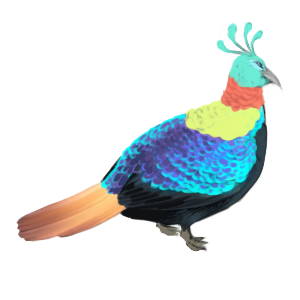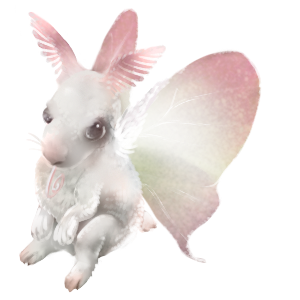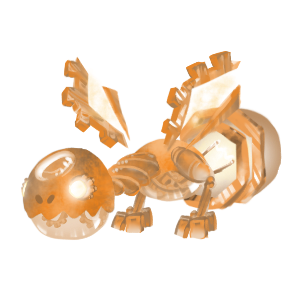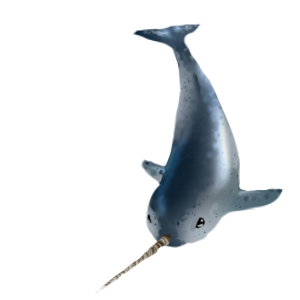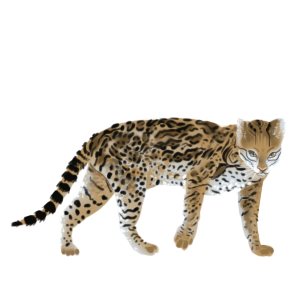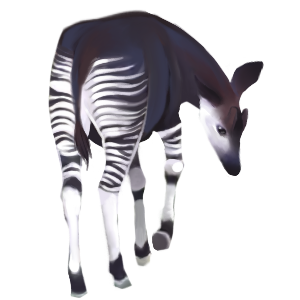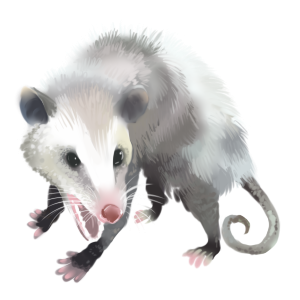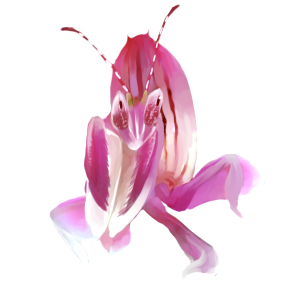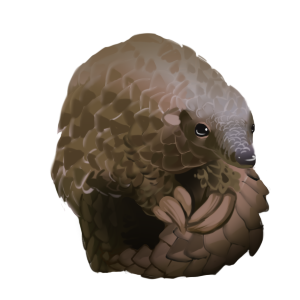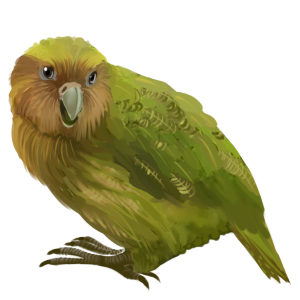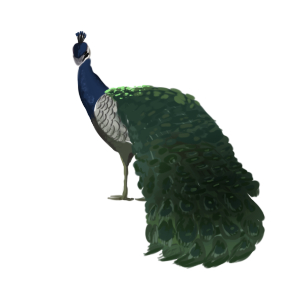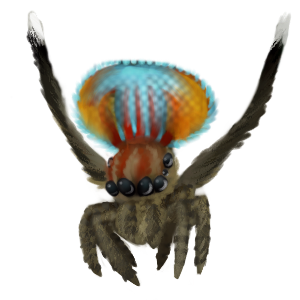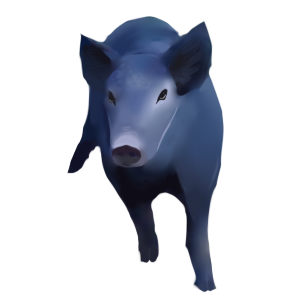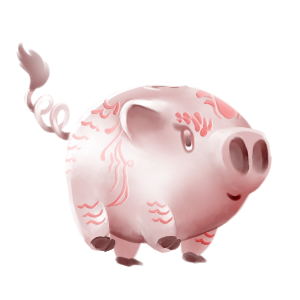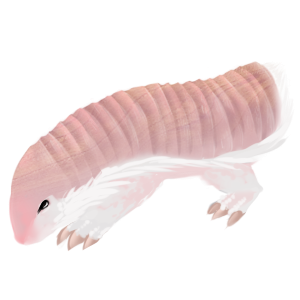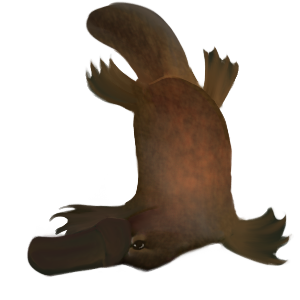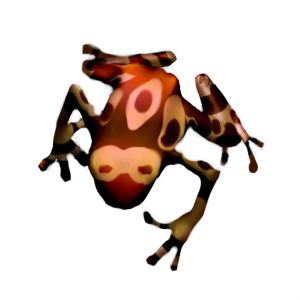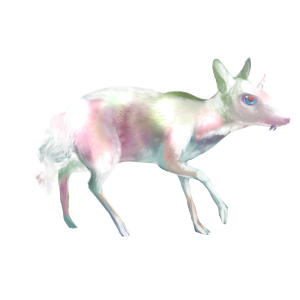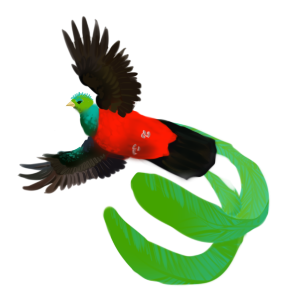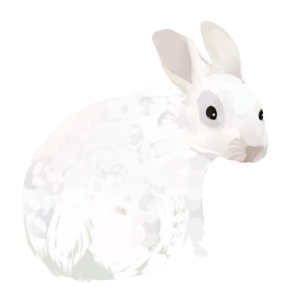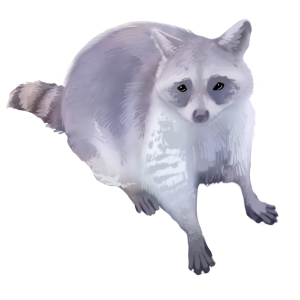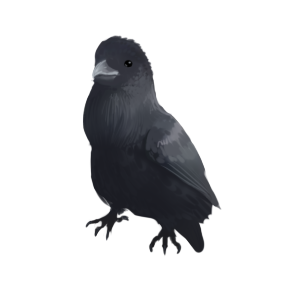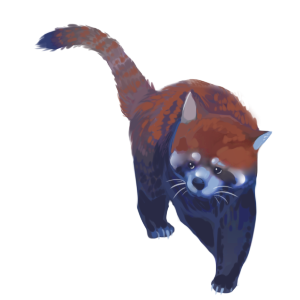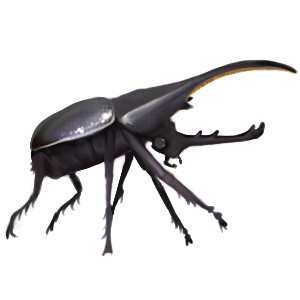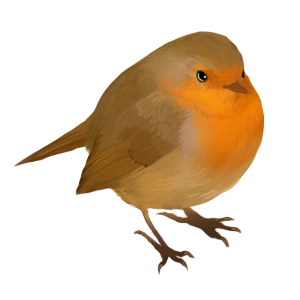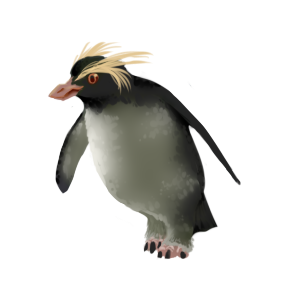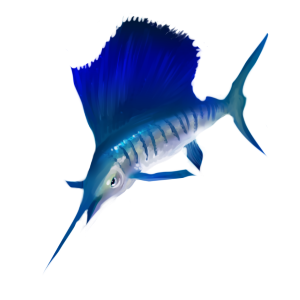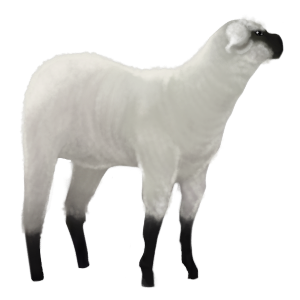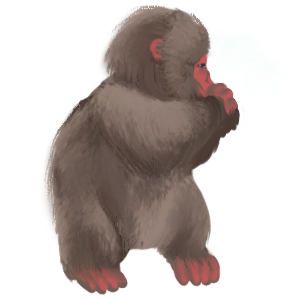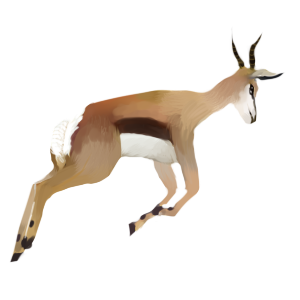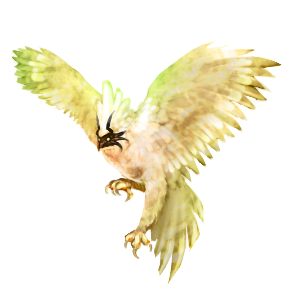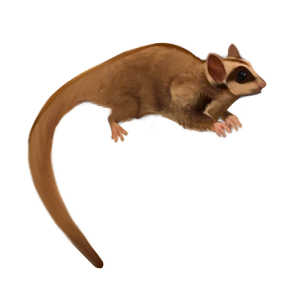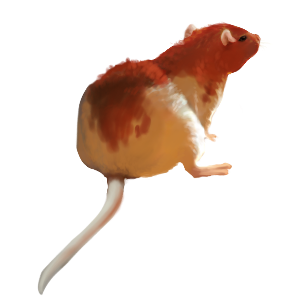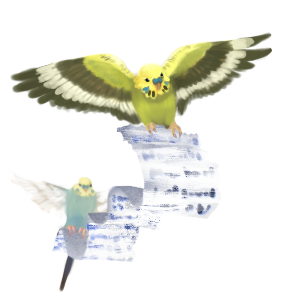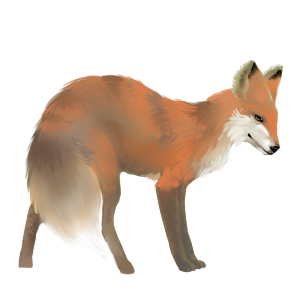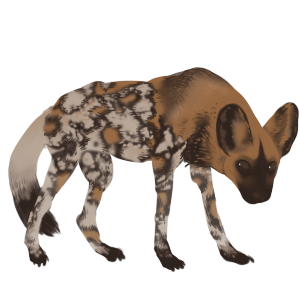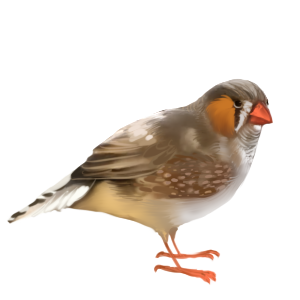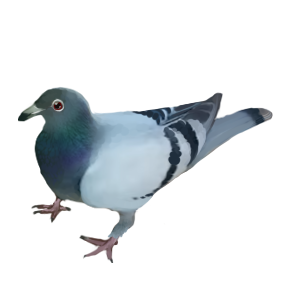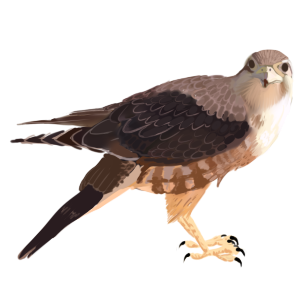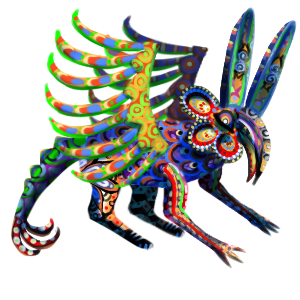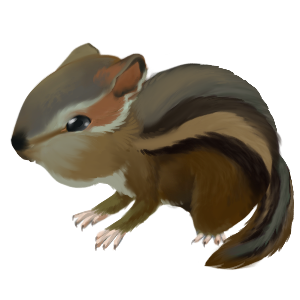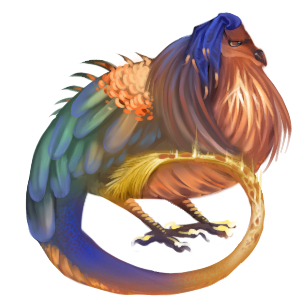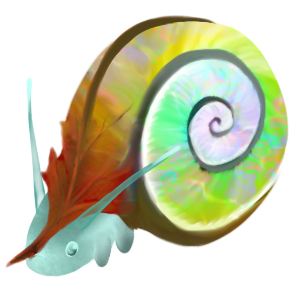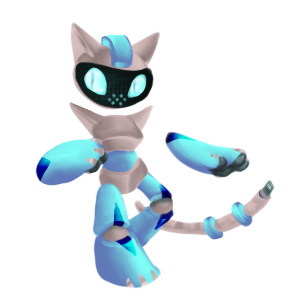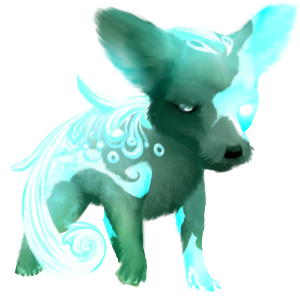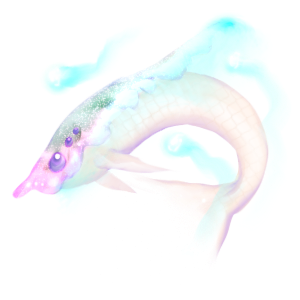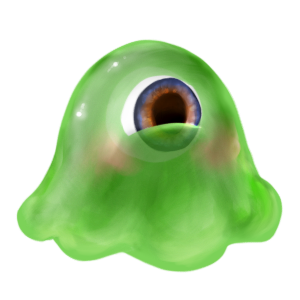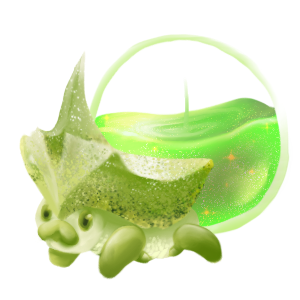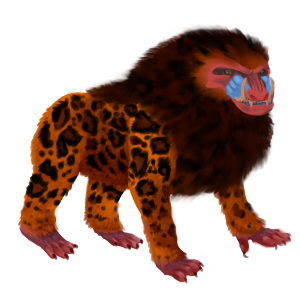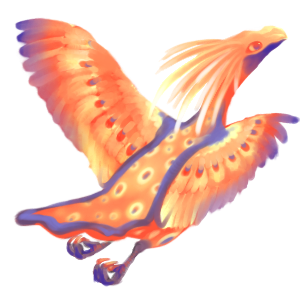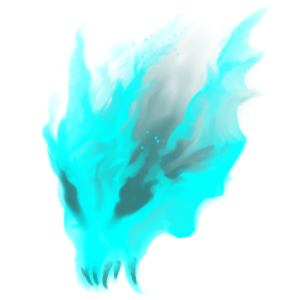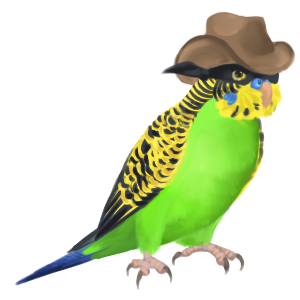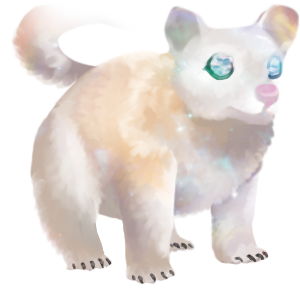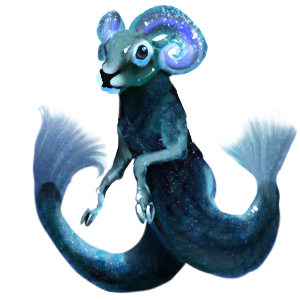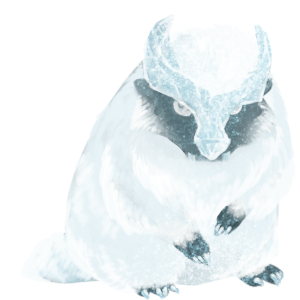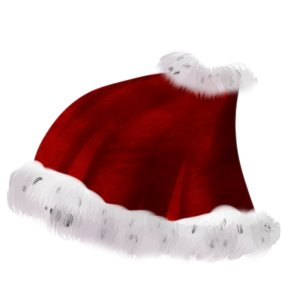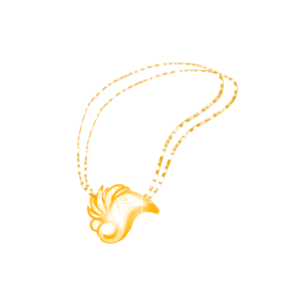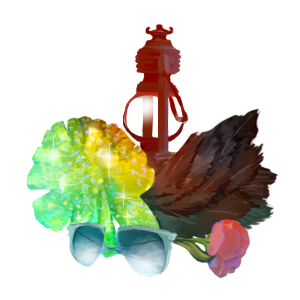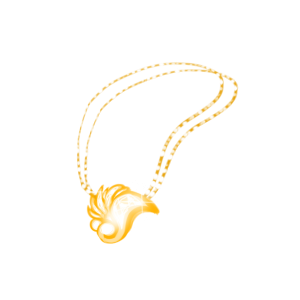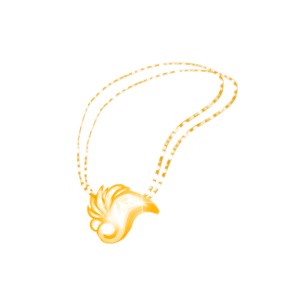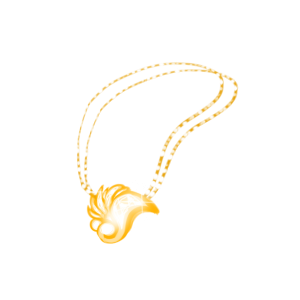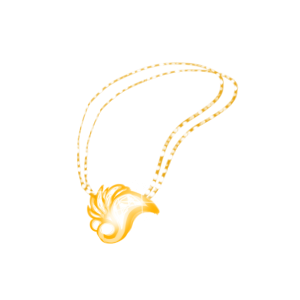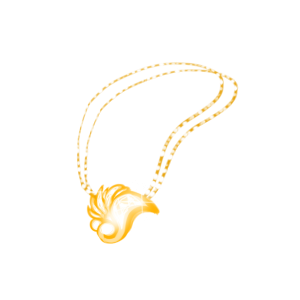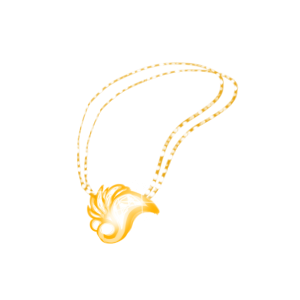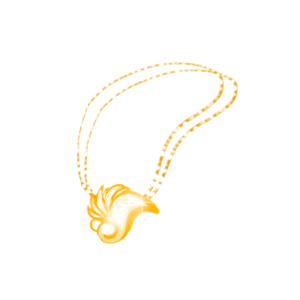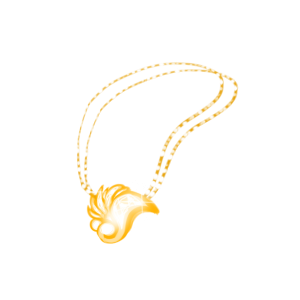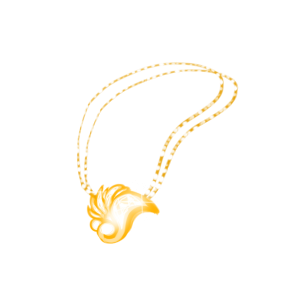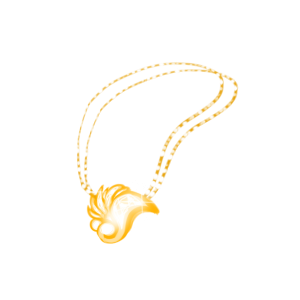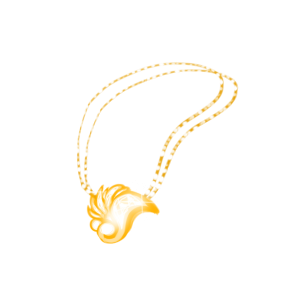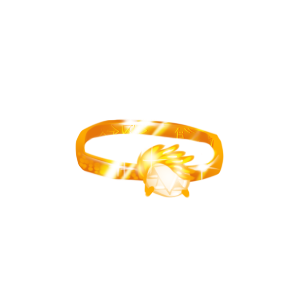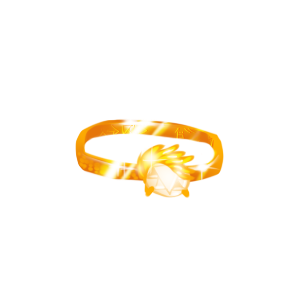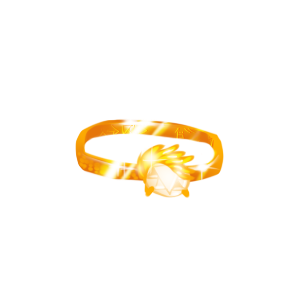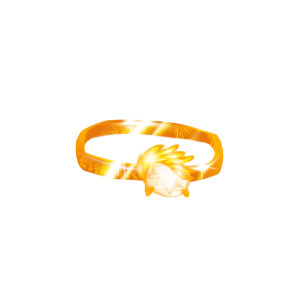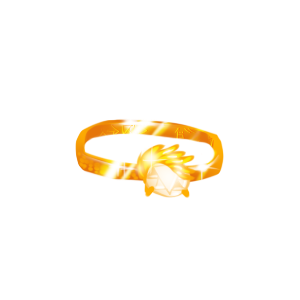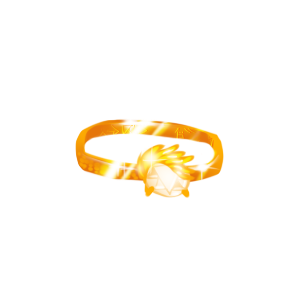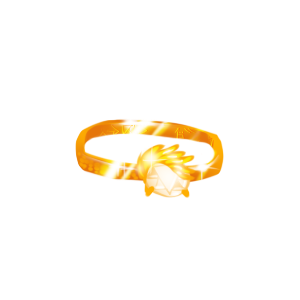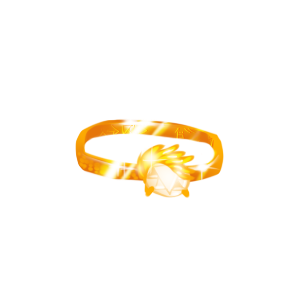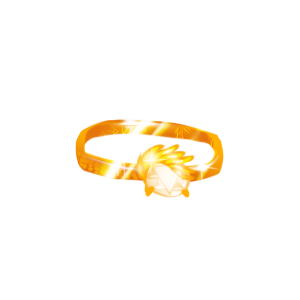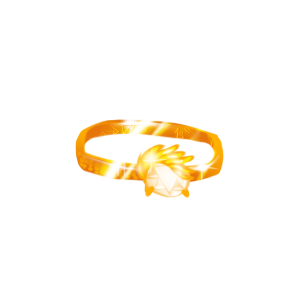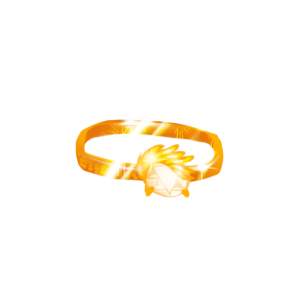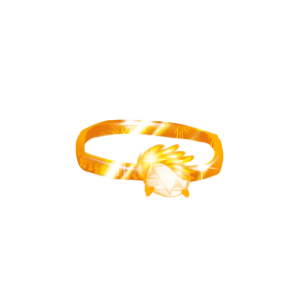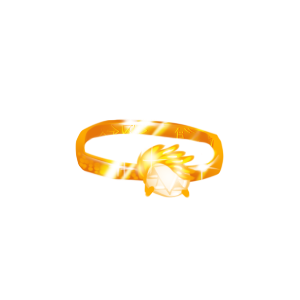A Rider from the Chronoscape came from a world other than Shérok and Eredia. These could be humans or something completely alien. Other ARPG or closed species (pending permission from their creators) are also in this category. It encompasses all alternate-dimension critters. Here are the details of the Chronoscape:
Physics
As something in between time and space, the Chronoscape has some pretty unique physics going on. Here’s one quick way to imagine it. You have a sheet of paper. The top of the paper has a red dot, while the bottom has a blue dot. These dots appear very far to each other. However, by folding the paper, these dots can be made closer. Now, let’s throw in another dot—this time, green. Rather than folding the paper to get all three to meet, it’s easier to use a thread and needle to sew them. The paper looks really weird now, but hey, they’re all together!
In this scenario, the universe is a piece of paper. The string represents path through the Chronoscape. All of the 3D space between the folds and the paper are the Chronoscape. Paths can go in every which direction. Time is manipulated just as easily as space. A trip that would take a million years through space suddenly becomes a walk in the park. Creatures with a Chronocompass can easily navigate through this realm, but all other Life ends up turning around and getting lost, either ending up in the wrong place or time, or perhaps even the wrong universe. It’s unlikely that a person can ever find their way home once they lose their way.
Doors to the Chronoscape are created by Instance Mages of all sorts. Metal Riders are particularly good at manipulating the space to connect a ‘string’ to their desired ‘dot.’ The Chronoscape doors are sometimes literal doors. Other times, they appear like a rippling mirror, a tunnel into a realm unknown, or a land that appears after passing through a thick fog. You are free to create your own entrances and exits to this realm.
Weather, Terrain, and Life
The Chronoscape appears as a flat plain that stretches infinitely in all directions. It breaks into desert-like patches, heavily forested areas, rocky pathways, volcanic regions, and any environment you can think of if you travel far enough. There is no perceptible curvature…in the third dimension, at least.
In regions with open sky, it will be shrouded in clouds. Sometimes they are thin, and light will shine through in rhythmic fashion akin to days and nights. Other times, the clouds will lay low and create a blue fog that blocks vision beyond two meters. In areas with deteriorating terrains, a sun-like star can be seen below the ground. If anyone was ever able to solve the mysteries of time and weather in the Chronoscape, they never returned to tell anyone about it.
Flora & Fauna
The land contains flora and fauna from every corner of the universe. Humanoids are the most common sentient species, but they are hardly the only ones. Sentiency comes in all shapes, sizes, and forms. From eldritch horrors to charming little creatures, you never know when something will try to communicate with you. As for normal fauna, there are all sorts of creatures running around in the Chronoscape. It’s unknown if any species can truly be extinct, since there surely exists a shadow of them in the Chronoscape somewhere.
It is incredibly dangerous to travel through the Chronoscape because of the flora and fauna. Of course, getting lost in space and time is horrible, but getting killed between space and time is a little worse. Just as anything could be sentient, anything can be a hunter. That set of mountainous boulders? A golem, ready to spring. That enchanting song? A siren searching for their prey. The sweet-smelling tree? It’s ready to put you to sleep and trap you in its roots. Without the protection of dragons or safety in numbers, the chance of surviving in the Chronoscape is slim to none.
Doors to the Chronoscape
There is a good reason Quetzalcoatl and Moondrifters are not frequently seen among the populace of Shérok and Eredia. The planets have several major hubs that are monitored by different entities to ensure dangerous individuals do not sneak in. The most popular doors are on Bestia d’la Mer and the city of Corli. These are guarded by the Bestia and the Abrendese Militia respectively. Tsotska d’la Mer contains a door that leads to very specific locations, guarded personally by the Tsotska-mar. The Phinae-mar guards many of the doors at sea and beyond, and they even have an influence within the Chronoscape itself. There are doors underwater which lead to corresponding watery terrains in the other realms. There are many minor doors outside of this which peoples of all kinds use. The Naki are most active in these locations and will only report to the Naki Alliance concerning those who cause trouble or endanger others.
Civilizations & Cultures
Choosing to live in the Chronoscape is dangerous and foolhardy, but a few people do it. There are some recognizable peoples and organizations that are known throughout the Chronoscape, and these are the notable ones.
Peregrines
Anyone who travels through the Chronoscape as a lifestyle is called a Peregrine. Many of the Naki were originally Peregrines that had their compass settle on Shérok. The compass of their dragons—if they even have one—won’t point anywhere. That’s how they like it. They learn the ins-and-outs of the world around them. While the dangers may shift and change, the doors go different places, and former colleagues disappear into the mists, the Peregrines learn how to deal with it. With practice and luck, a Peregrine will know danger when they see it and stay out of its path. They know how to approach game they’ve never seen before and can converse in some common languages that will get them by.
To stay safe, Peregrines will sometimes form caravans. Caravans consist of up to two hundred people traveling together. In order to stay in one place, it’s left to Riders to serve as navigators, guides, and hunters. Although caravans are faced with many troubles, the Peregrines keep them stable. While having so many mouths to feed and few ways to trade makes survival hard, the benefits of seeing the same faces every day and staying together with family vastly outweighs the struggles. Caravans typically exchange members between each other, rather than adopt vagrants traveling alone. A lone traveler is seen as a threat and someone who was potentially exiled from another caravan, and thus a danger.
With that said, not all caravans are benevolent. There are some that keep themselves occupied with the poaching of all types of wildlife–monsters, plants, humans, and whatever they believe is valuable–to sell on in the most profitable way. These groups are typically referred to as poachers.
Quetzalcoatl
[full Quetzalcoatl details here]
Quetzalcoatl are feared throughout the realms. They are dragons that can appear as large, feathered wyrms or as feathered humanoids. They possess a Chronocompass, just like any other dragon. They live in a huge community that could almost be called a metropolis. As they all have a Chronocompass, navigating throughout their ‘city’ never gives them a problem. They absolutely despise dragons and Riders, considering Riders to be brainwashers of some sort and dragons to be unwitting victims. Although they form mental bonds, they do so with their soul mates rather than a companion.
Also called Blood Serpents, the Quetzalcoatl will negotiate with visitors or even require passersby to give sacrifices. The sacrifices must be sapient, and the longer their lifespan, the better. The Quetzalcoatl do more than consume the sacrifices. They also use ancient magicks to perceive what their prey could not—a glimpse of a future that would never be. Their ability to learn the future, manipulate blood to their whims, and create venoms of all types instills fear and awe in all who learn of them. It’s not uncommon for powerful leaders to provide a surplus of sacrifices in exchange for a glimpse into the future or a morsel of forbidden knowledge. Below is a size chart for Quetzalcoatl and their forms. Click for full size.
Moondrifters
[full moondrifter information here]
The Moondrifters are a caravan that has gained a reputation for their cult-like behavior. Their activities are strictly monitored by those within. Seemingly nonsensical laws are tied in with their religion to manipulate and command those within their ranks. It’s not unusual for god-like entities to exist in the Chronoscape, so for them to presume a god guides them isn’t outlandish. What is odd about this group and their god is the extent to which they follow the teachings. Those found to commit a sin or break a law are branded as an outlaw. Many can be condemned because they were associated with a criminal, and sometimes even victims of violence could be considered corrupted and driven out.
Unfortunately, they are known for their avid evangelism. They will try to convert unwitting lone Peregrines and execute them if they refuse to change their ways. When dealing with multiple individuals, the Moondrifters do not try to convert whole caravans. Instead, they kill all of the adults and take in the children as their own. The children are raised to hate their old community and taught that they deserved what happened to them, all alongside the normal cult rules. They are typically human, though will raise species outside of humans when they are adopted as children. Along with normal human skin tones, they may appear as a ghostly white or with hues of blue. They are one of the few communities the Naki do not actively communicate with.
Wild Inhabitants of the Chronoscape
The world between worlds is full of strange life. To learn about a few of the creatures, click here.
